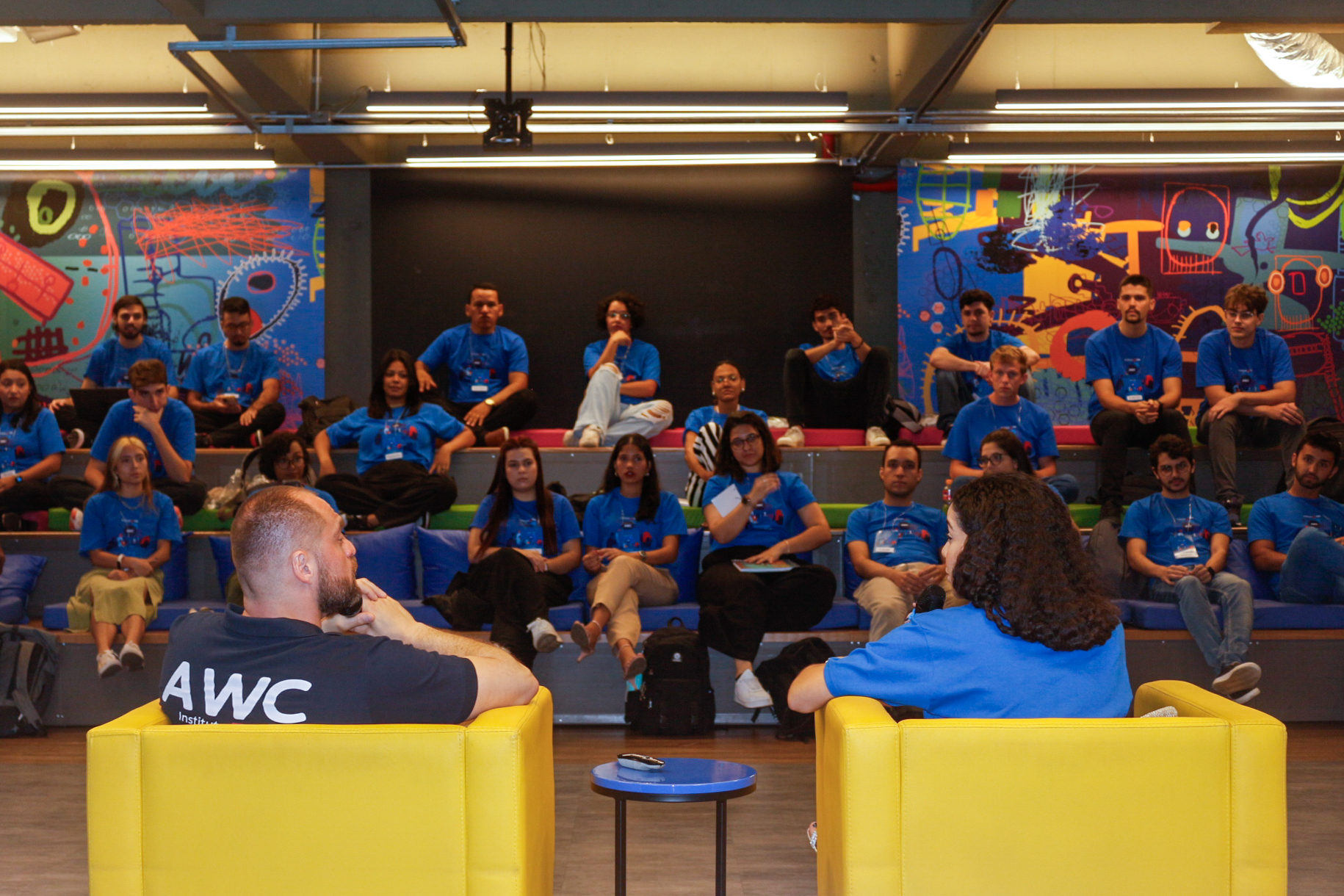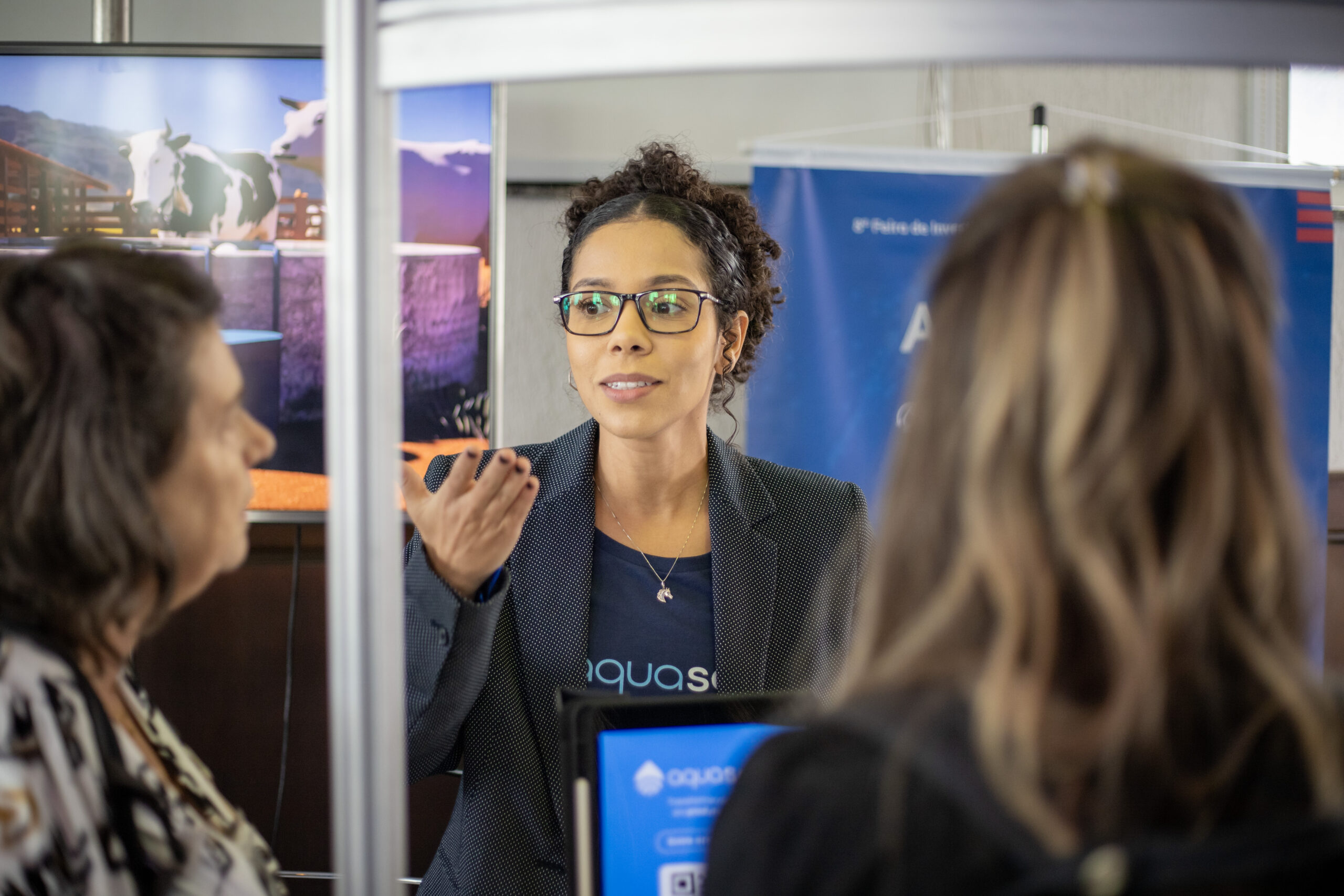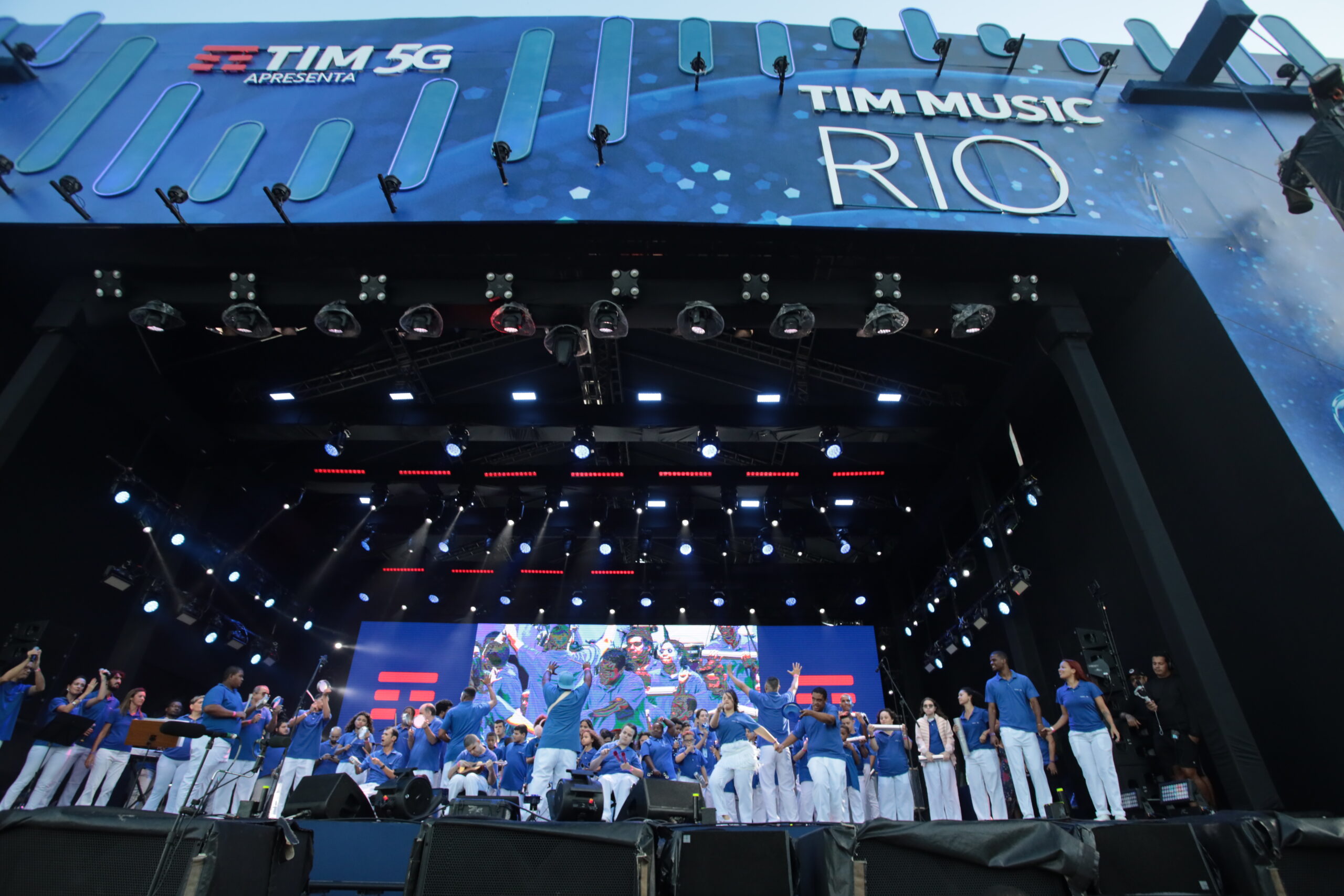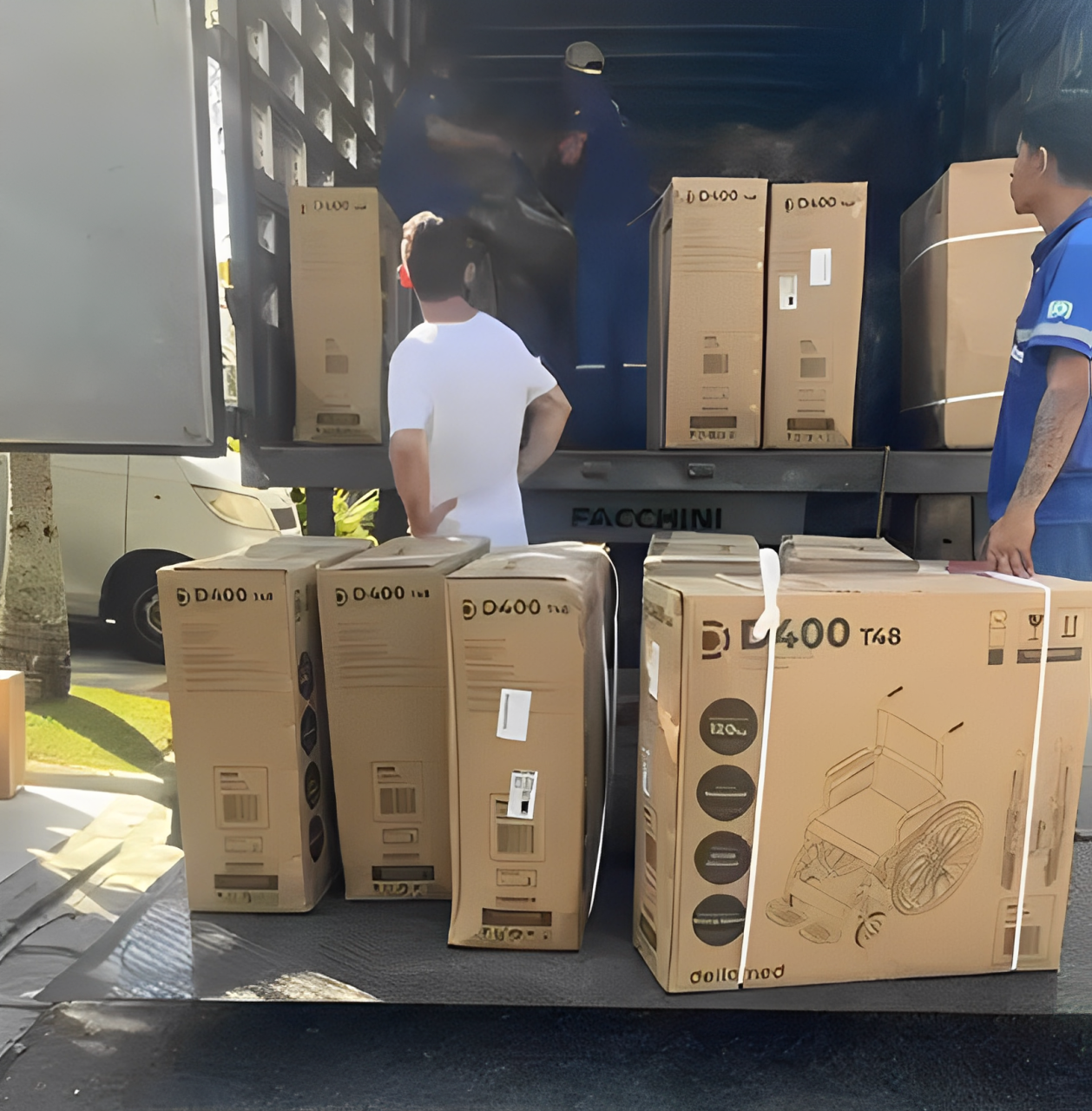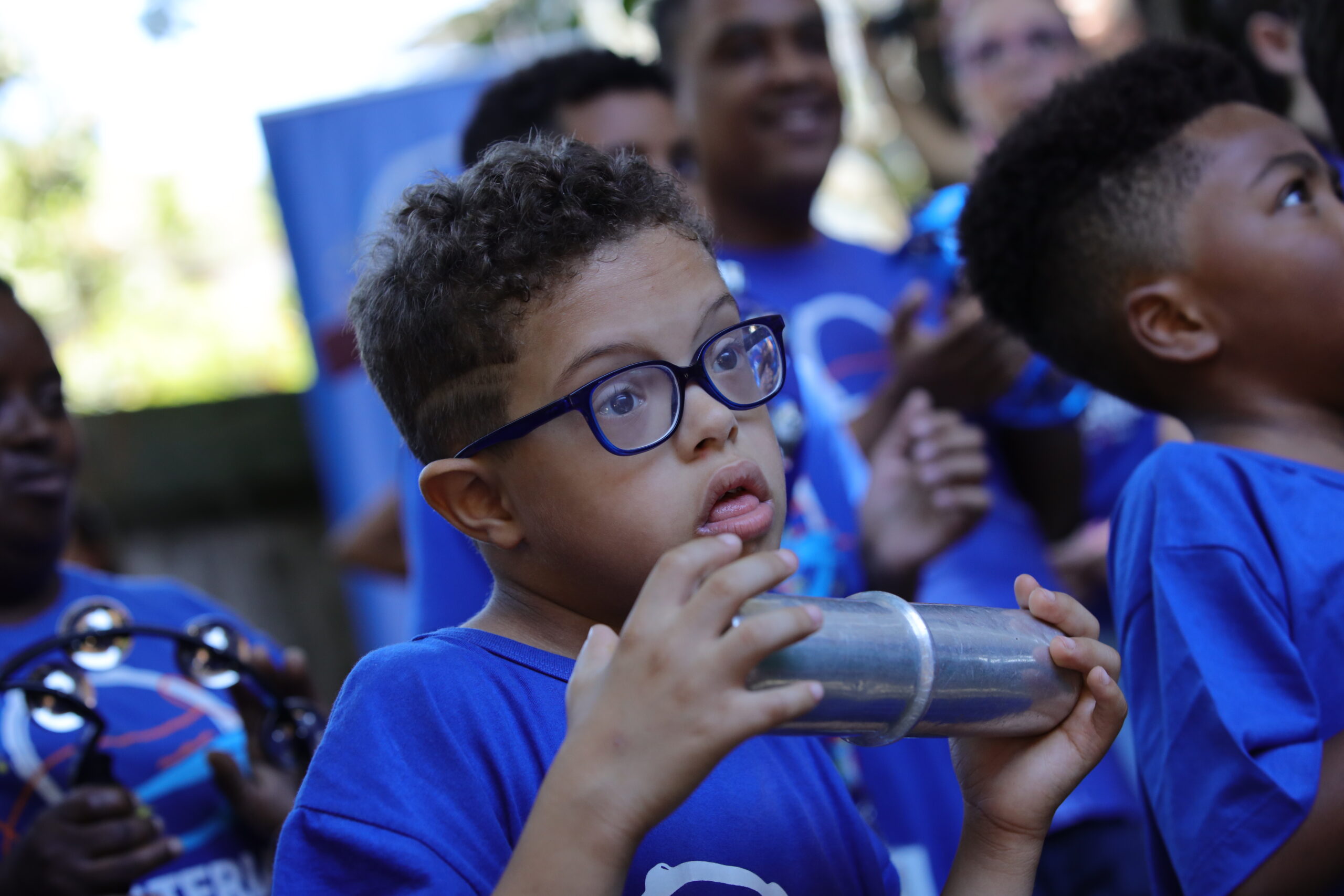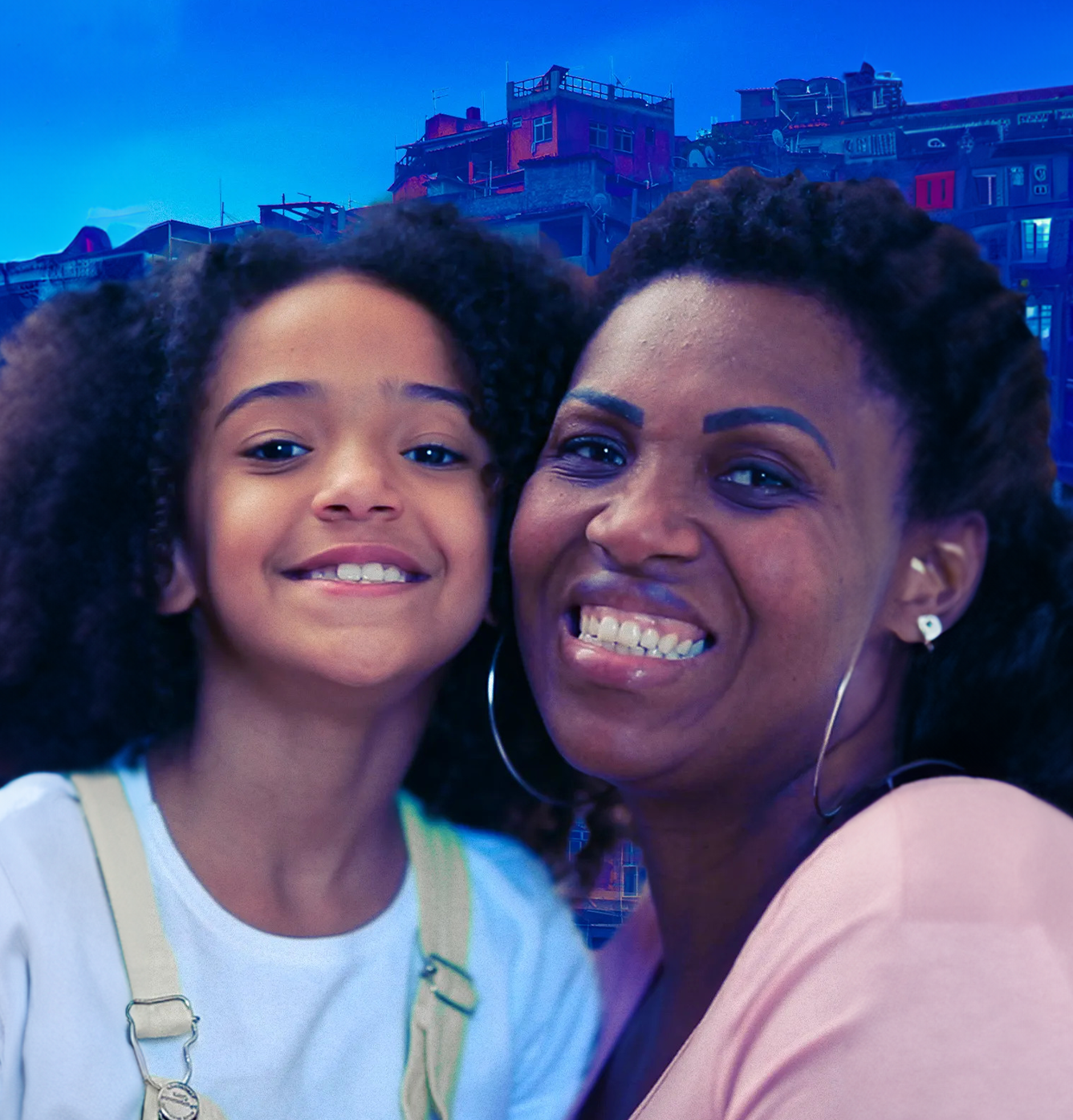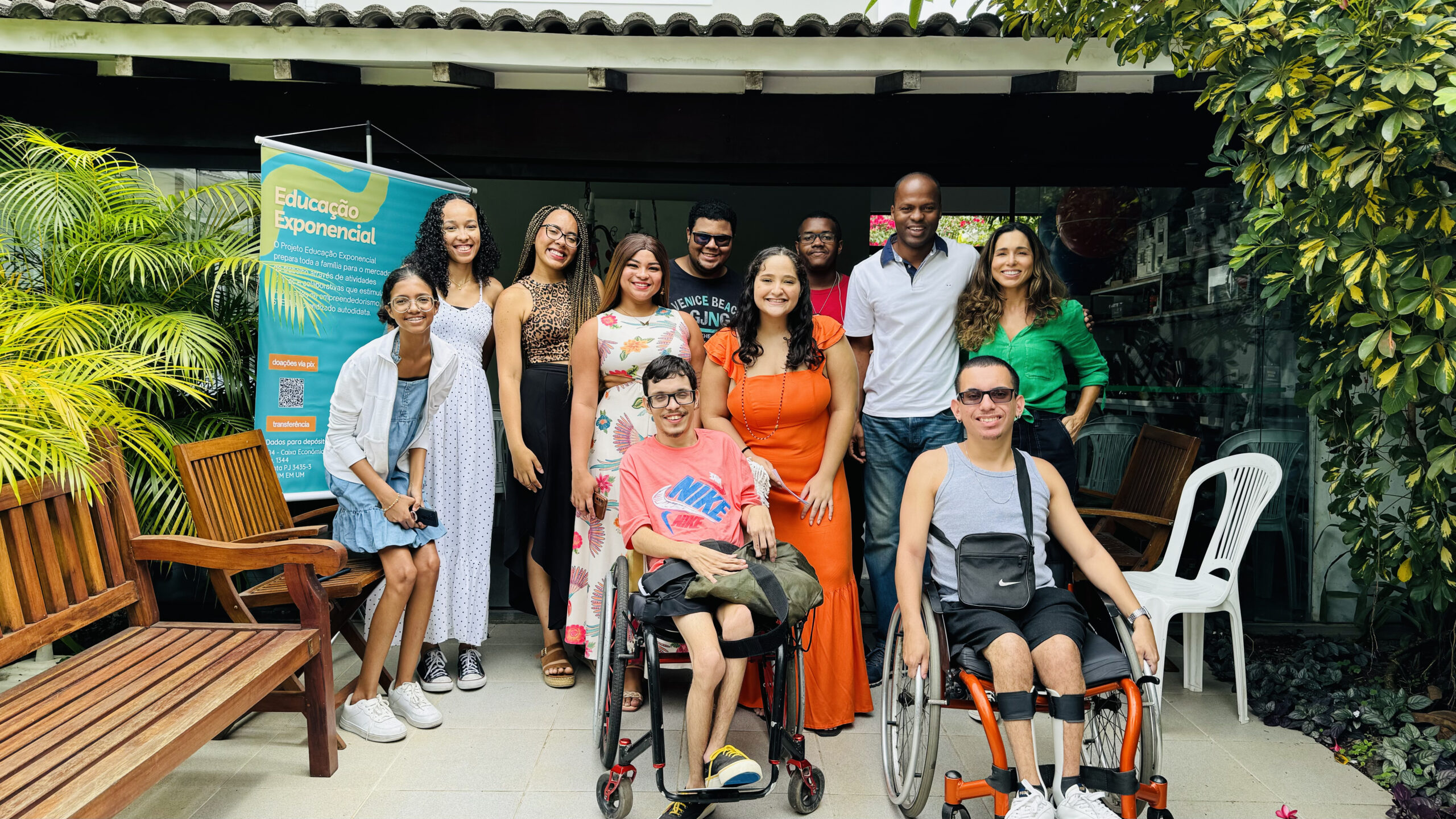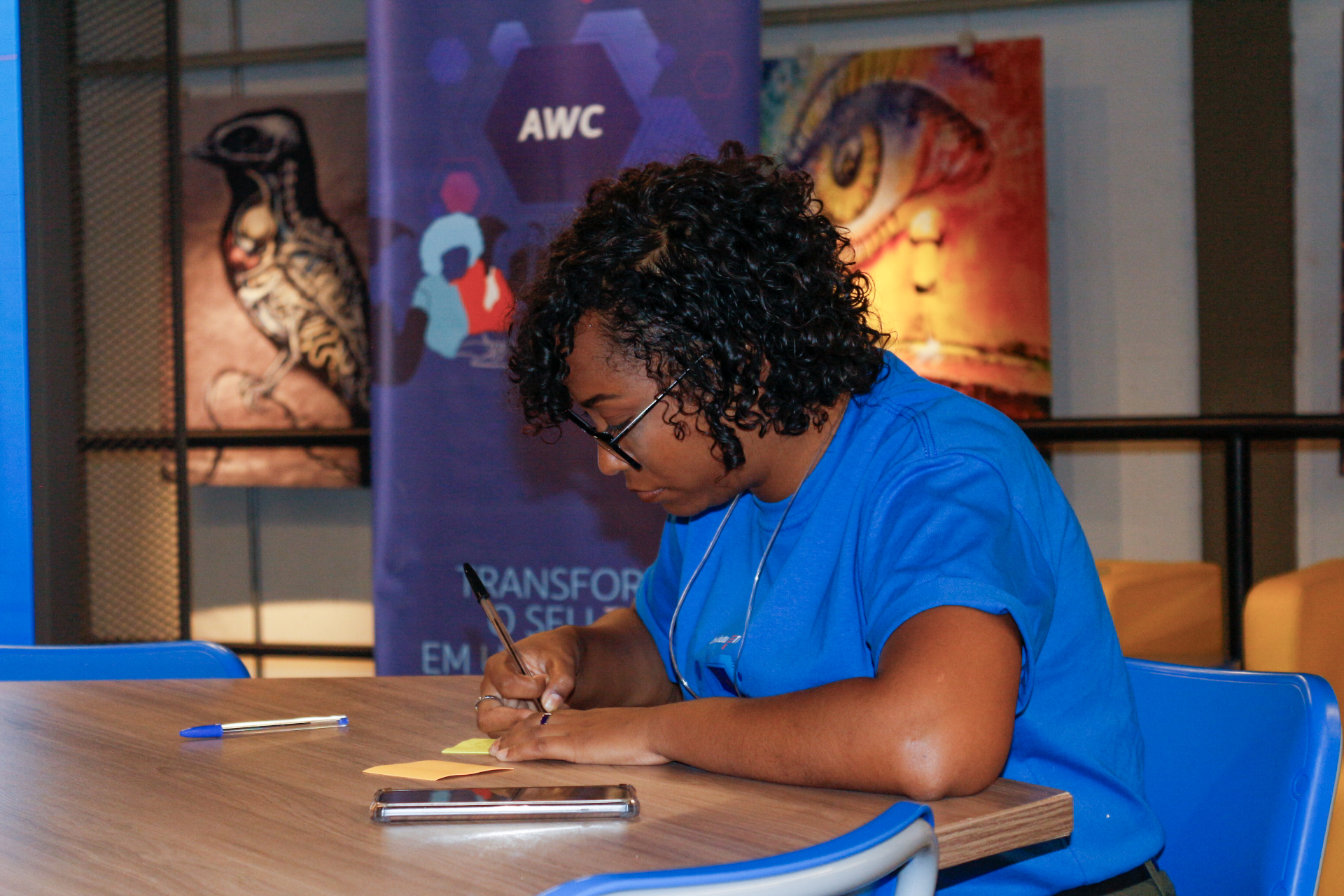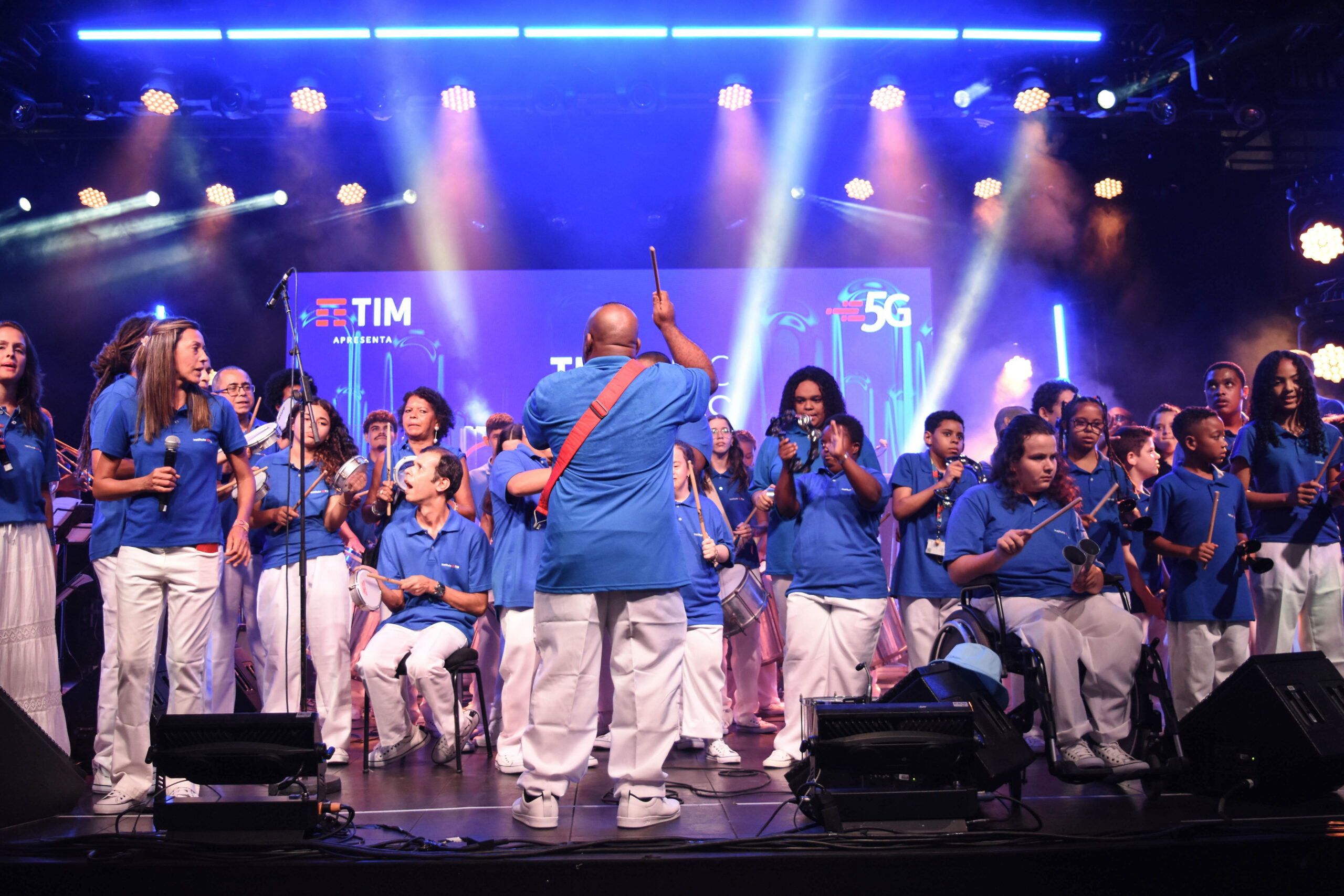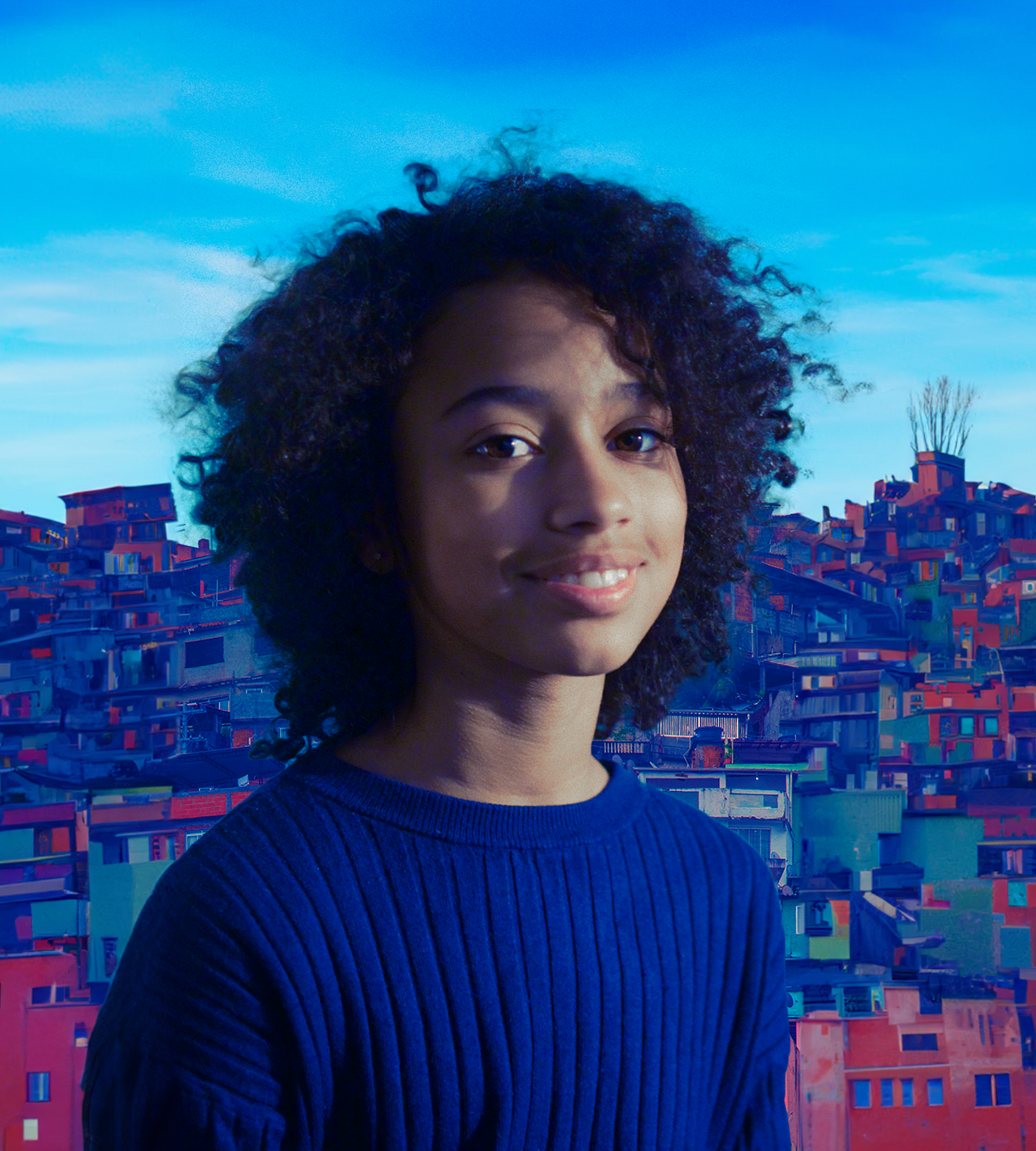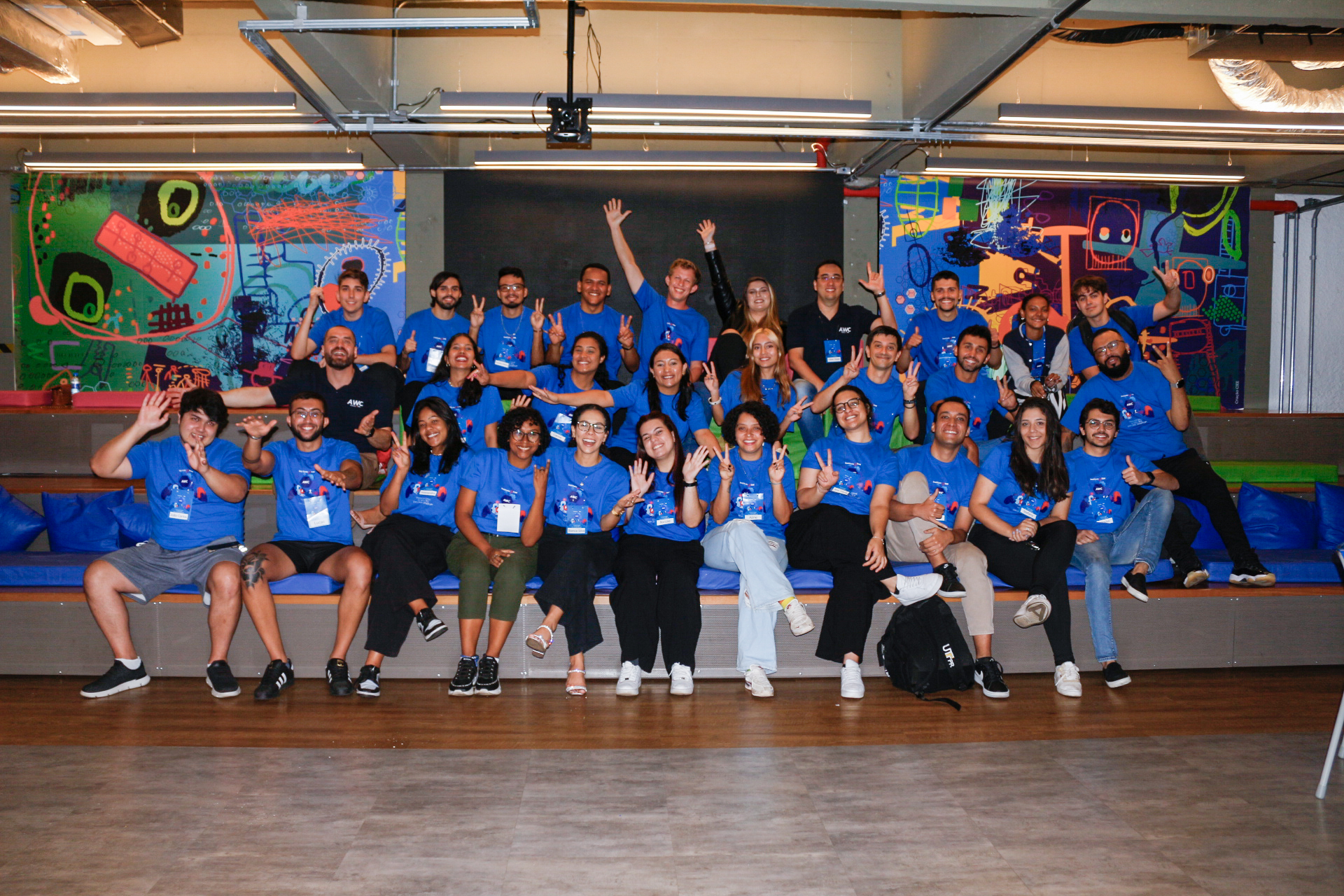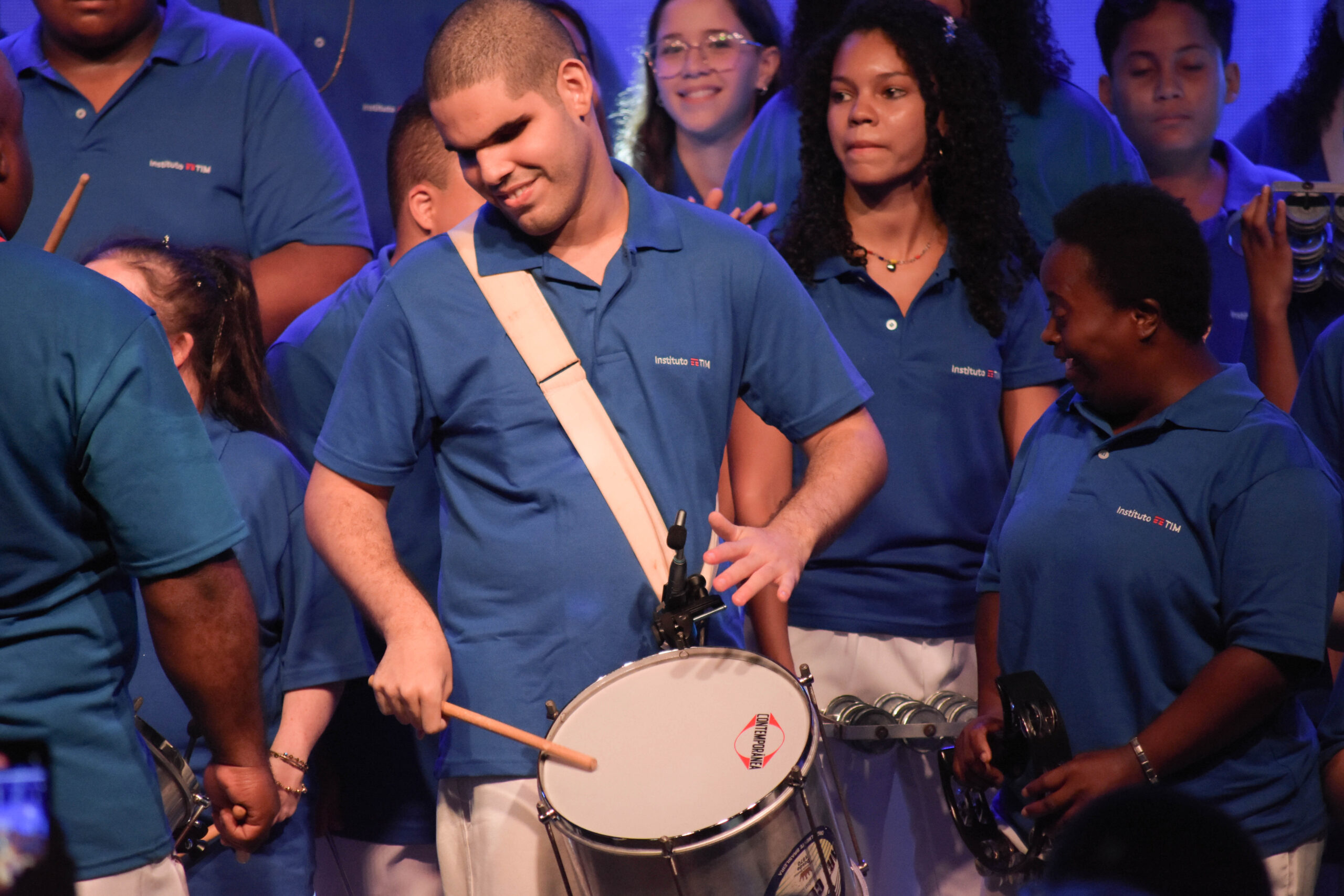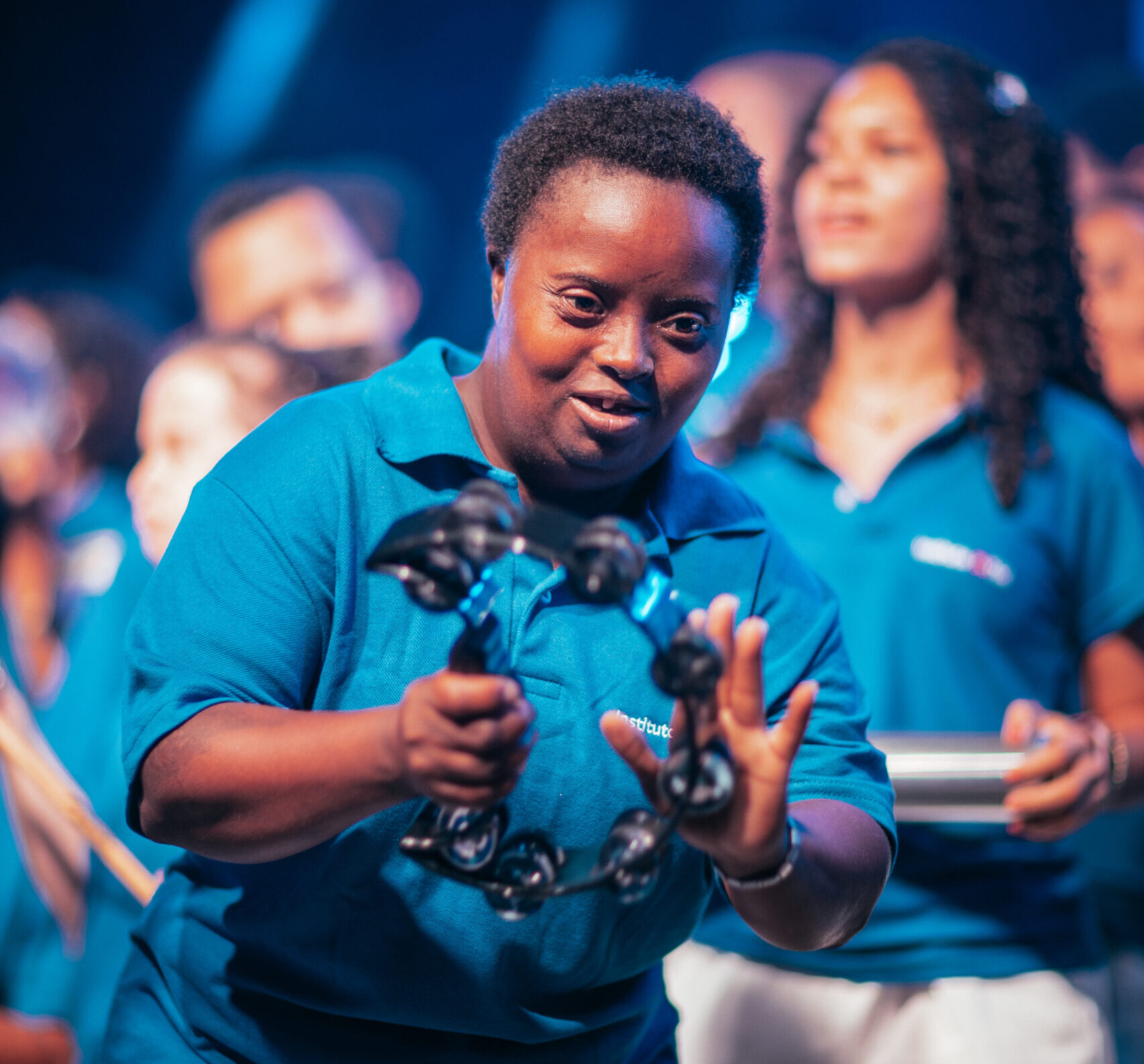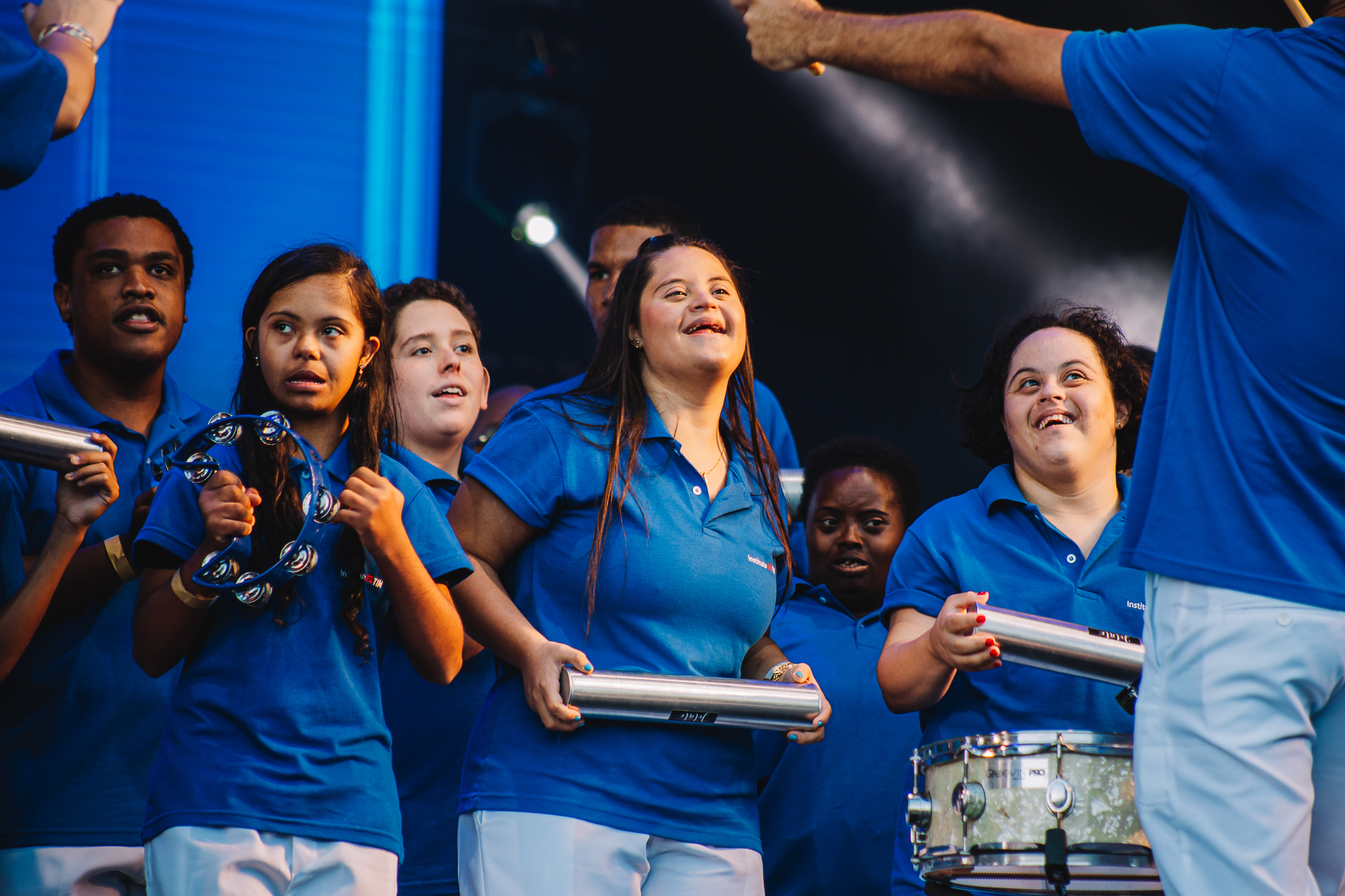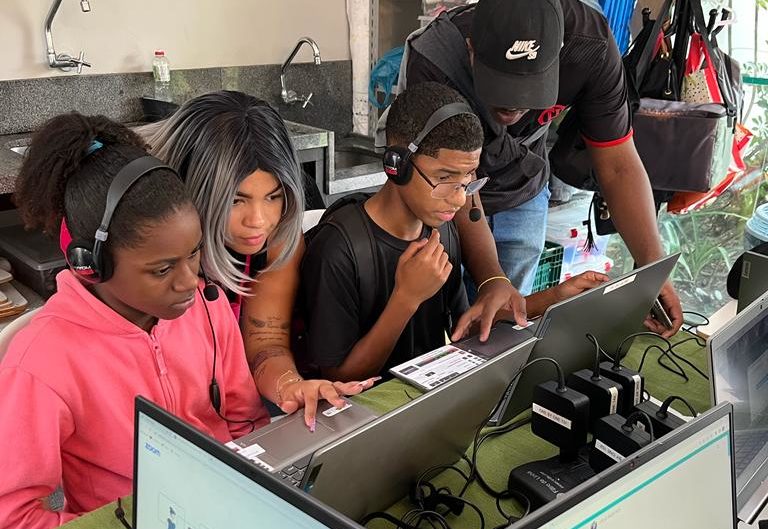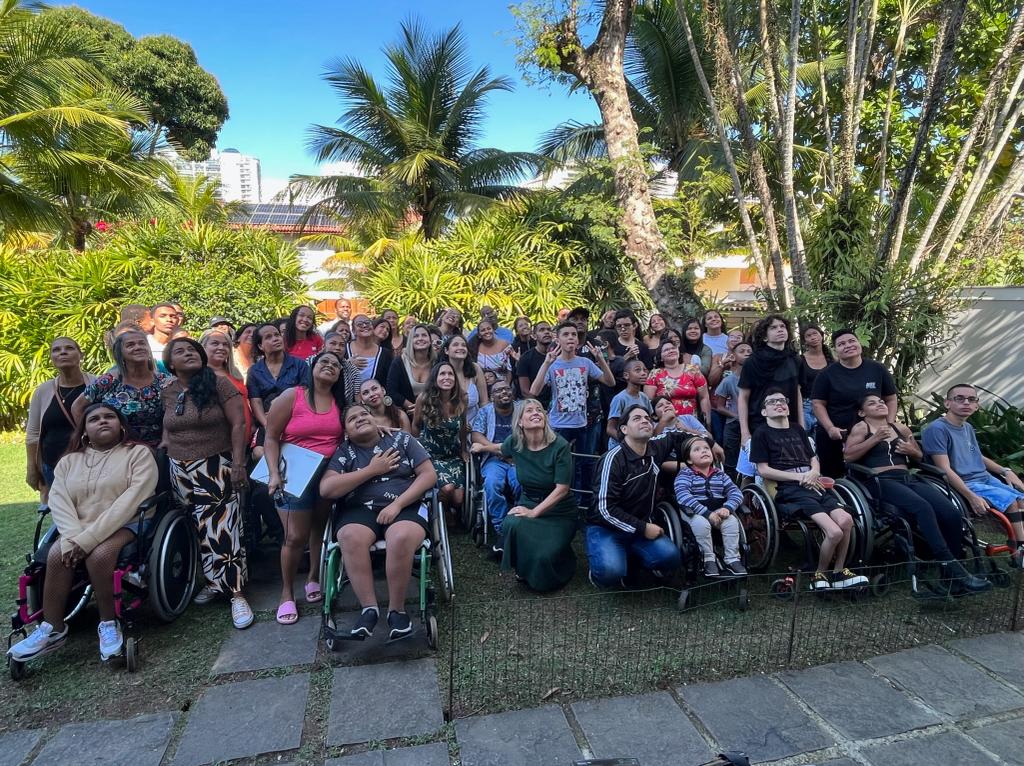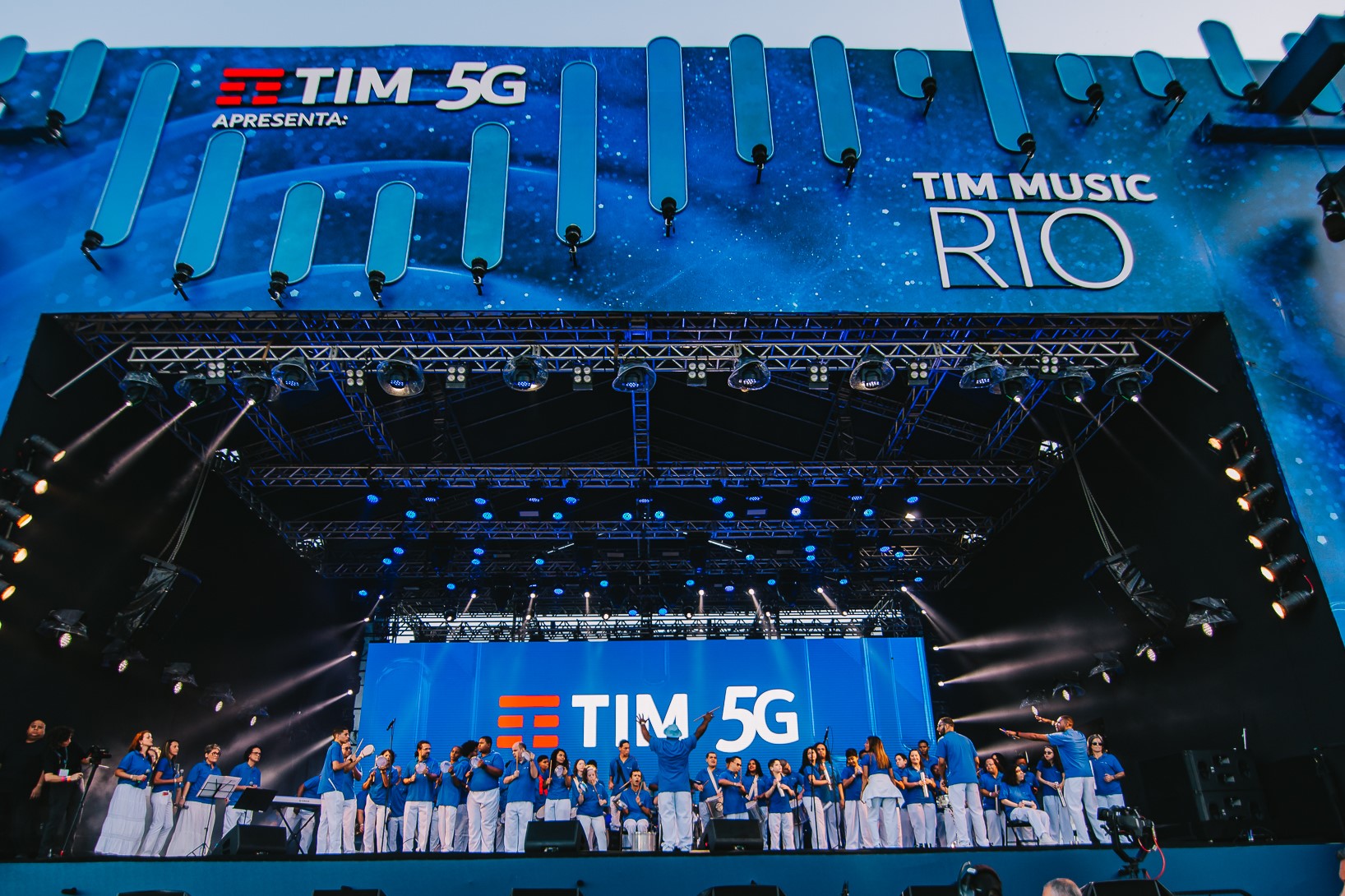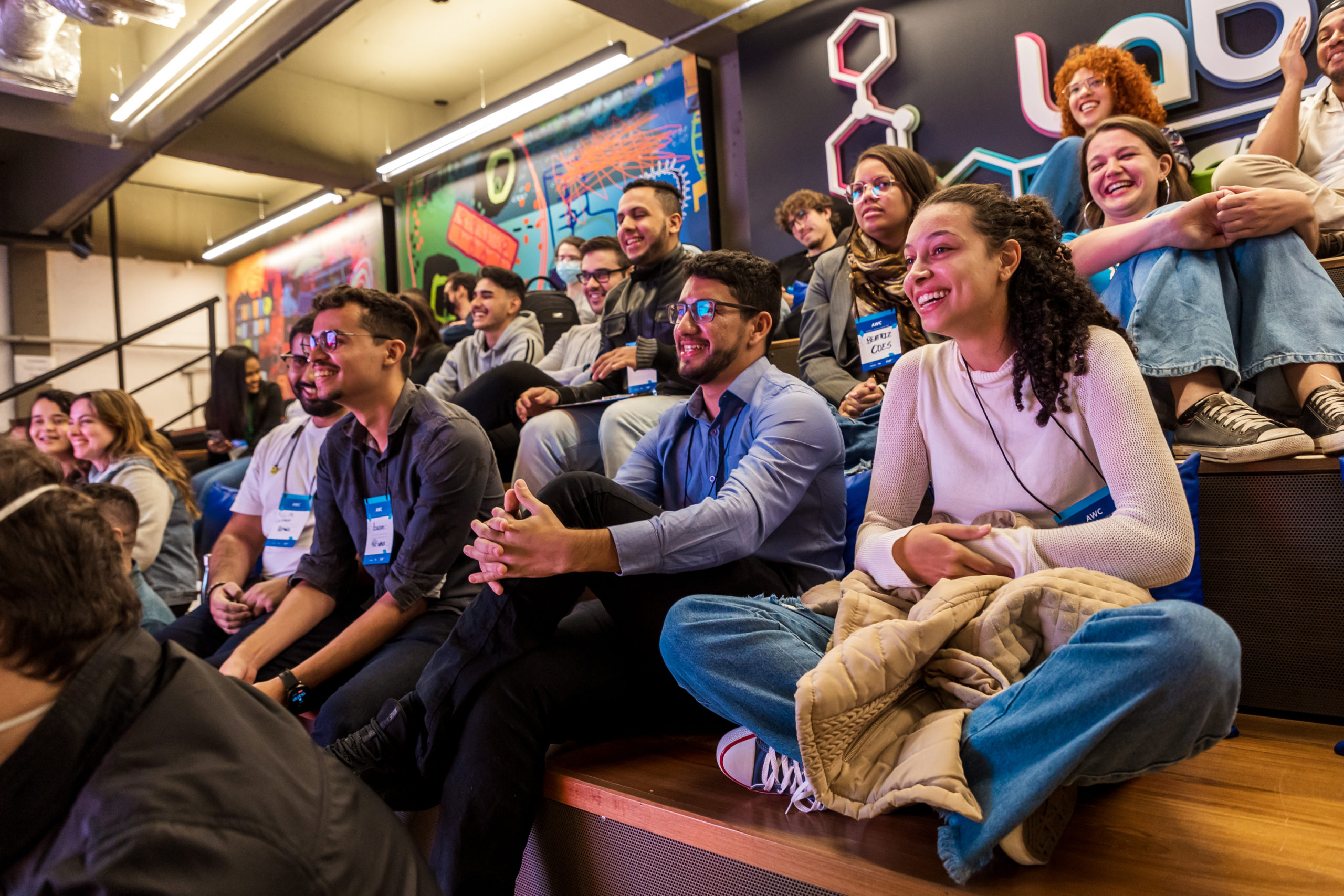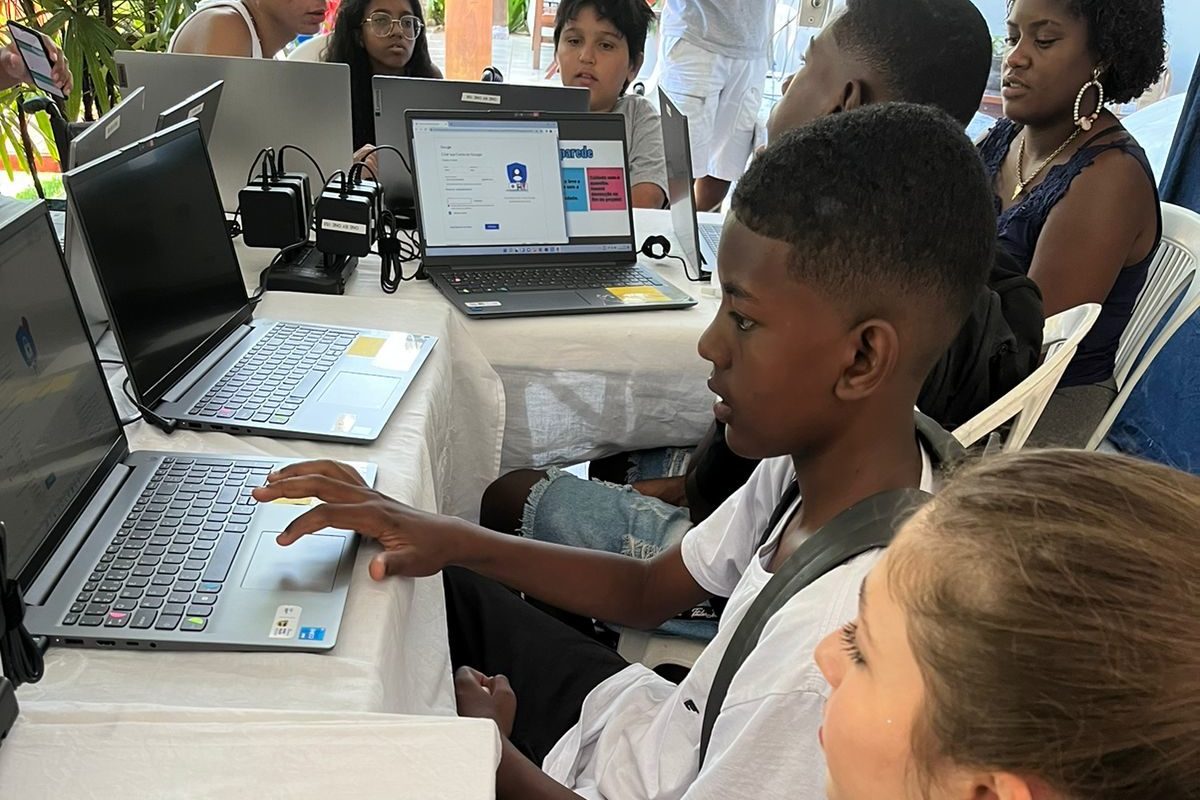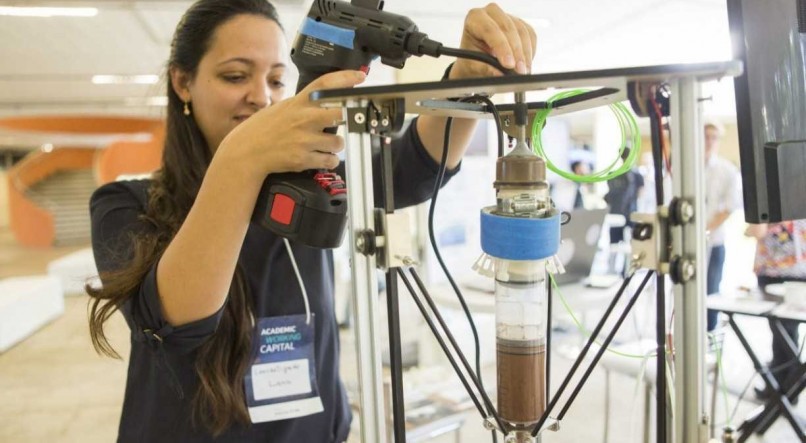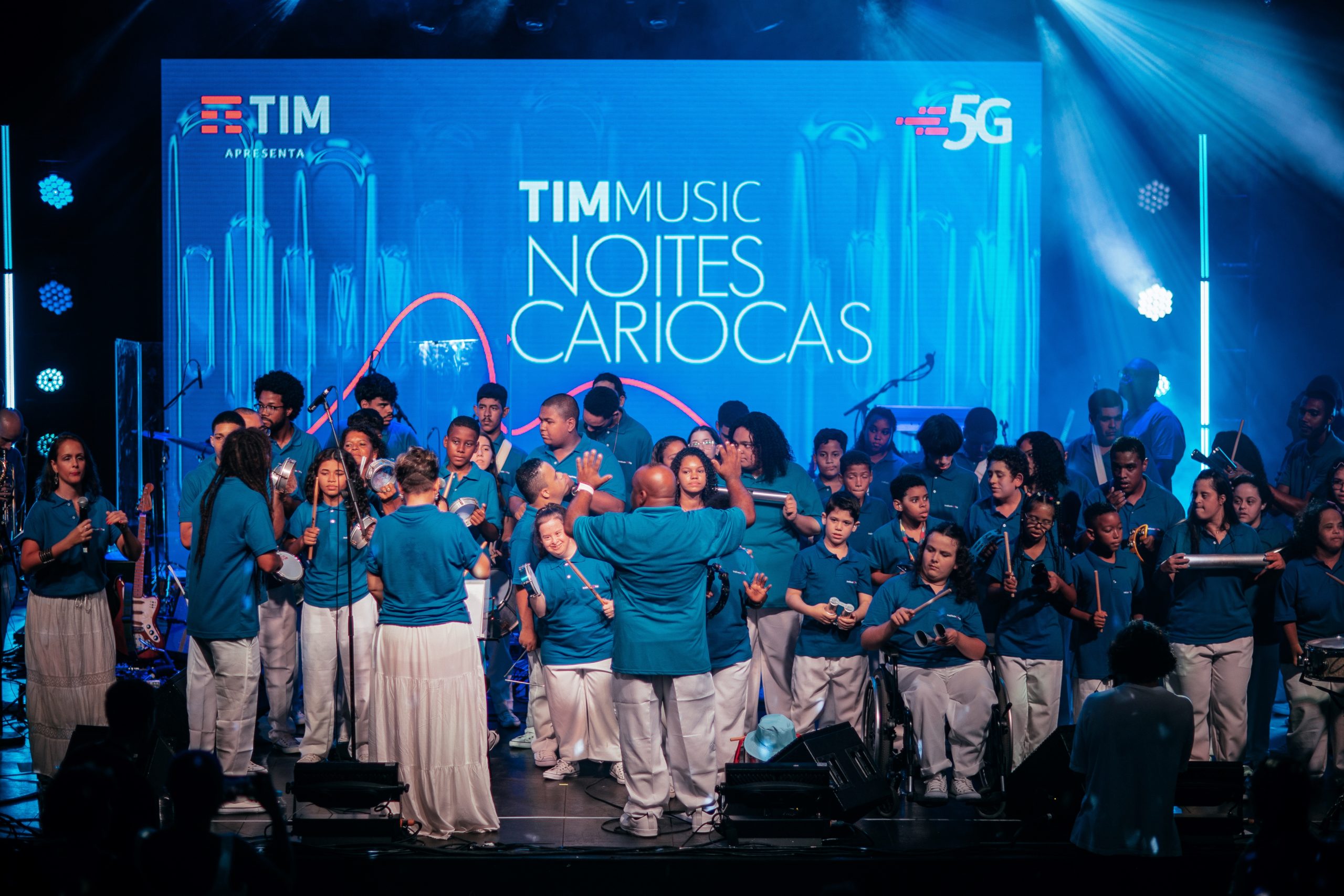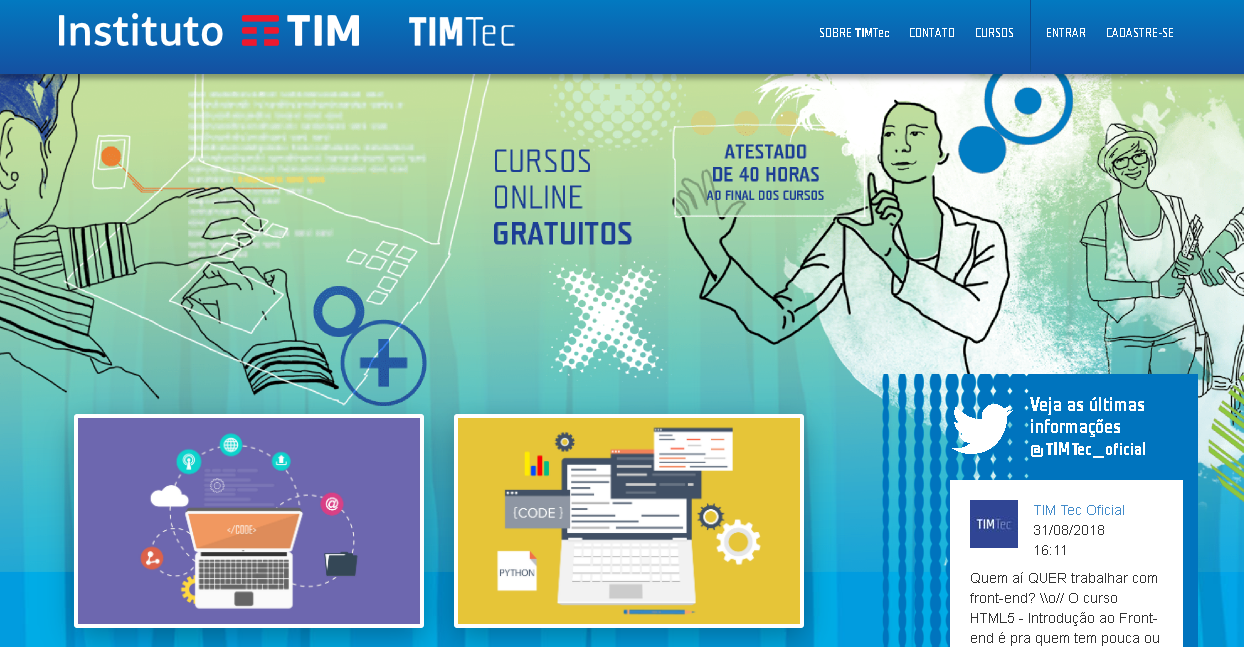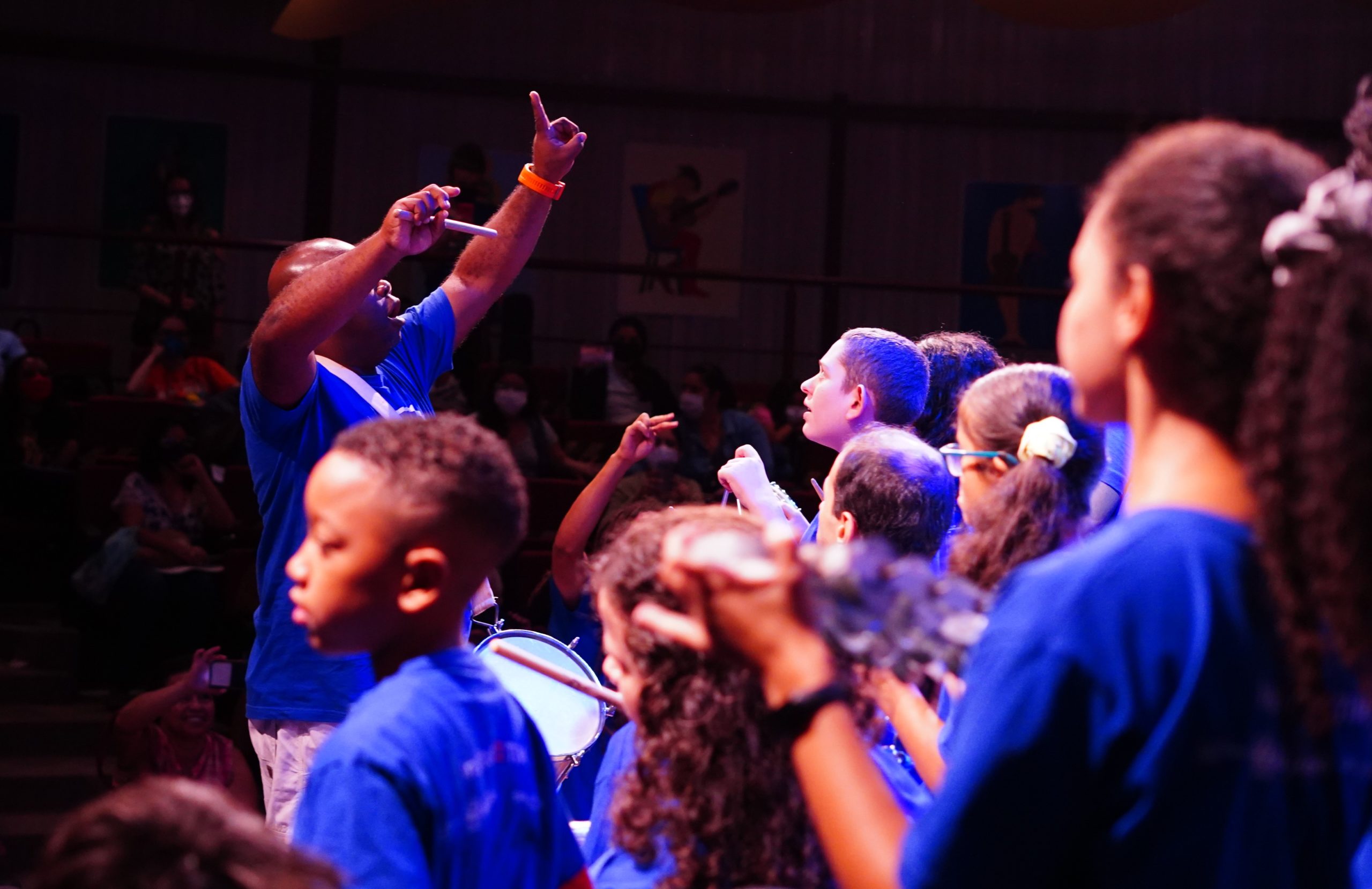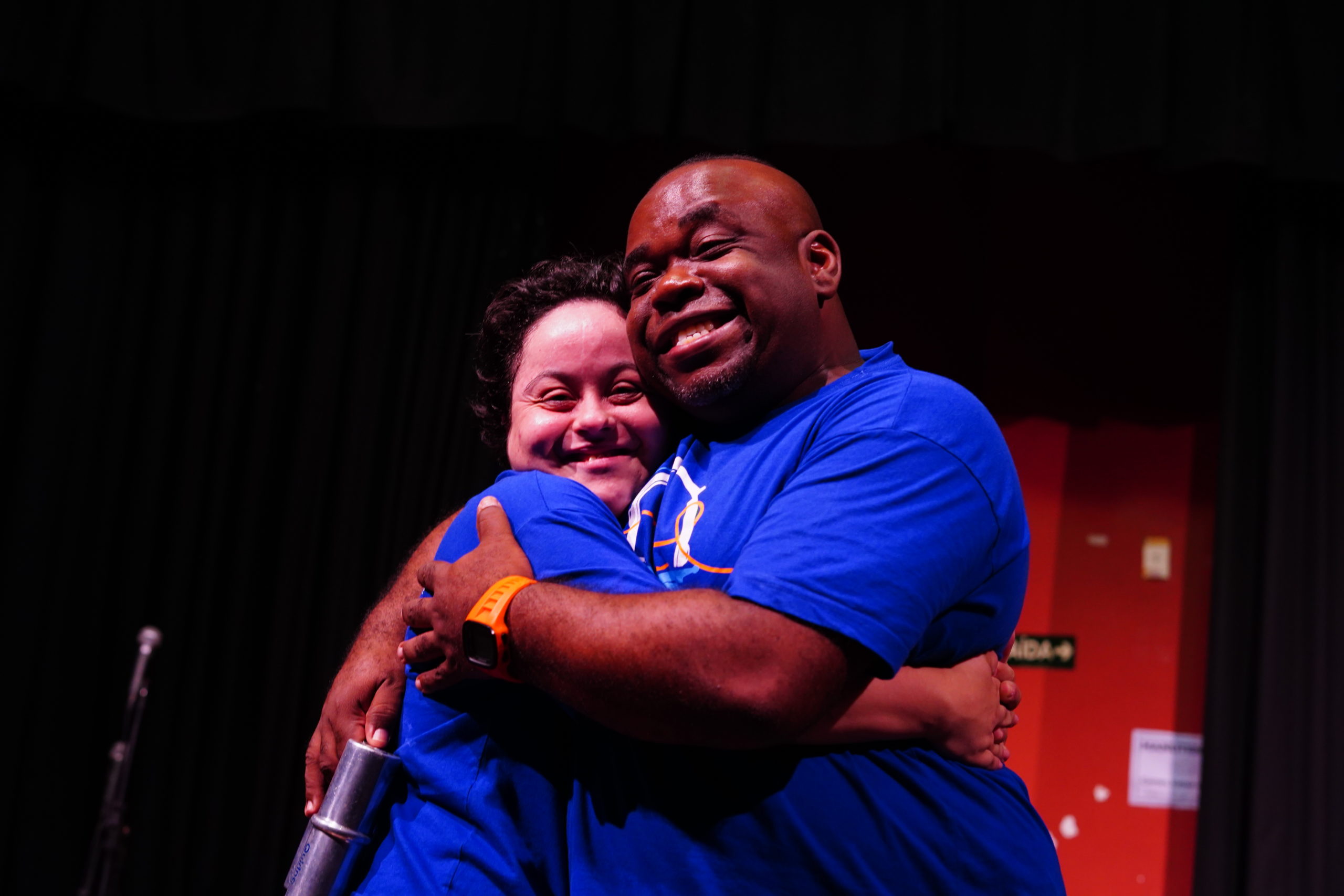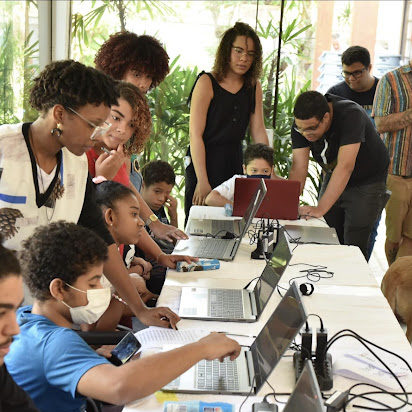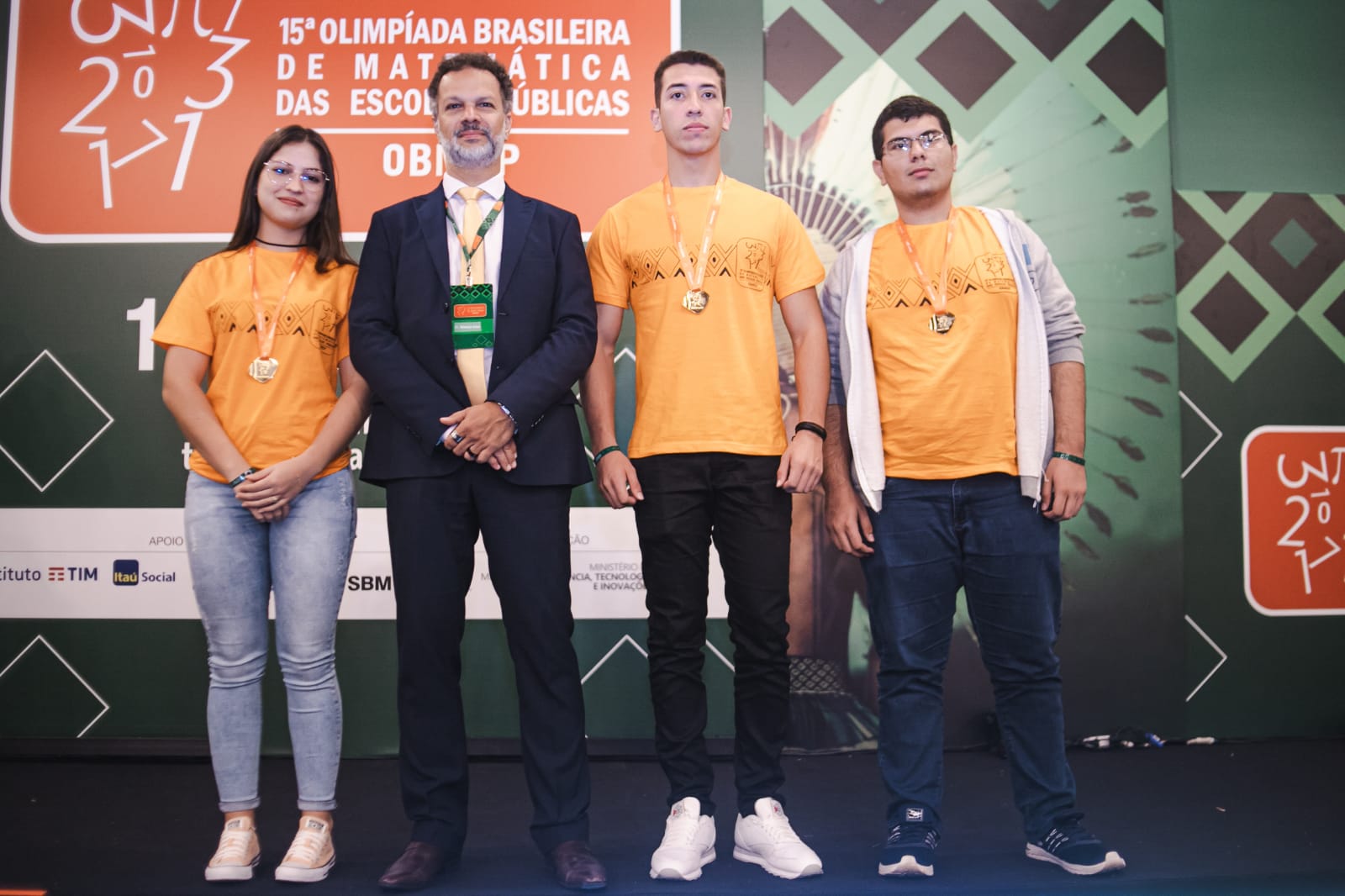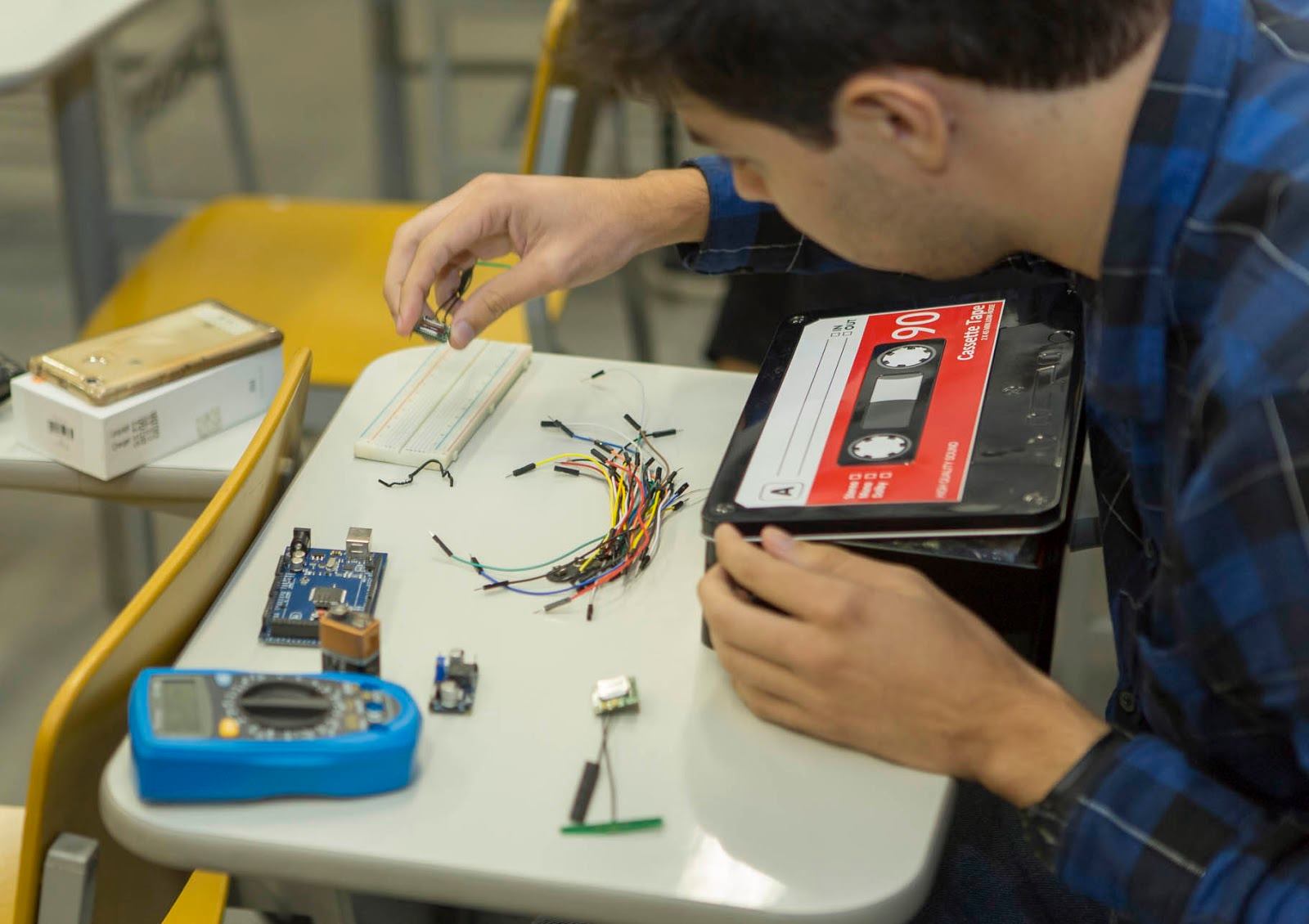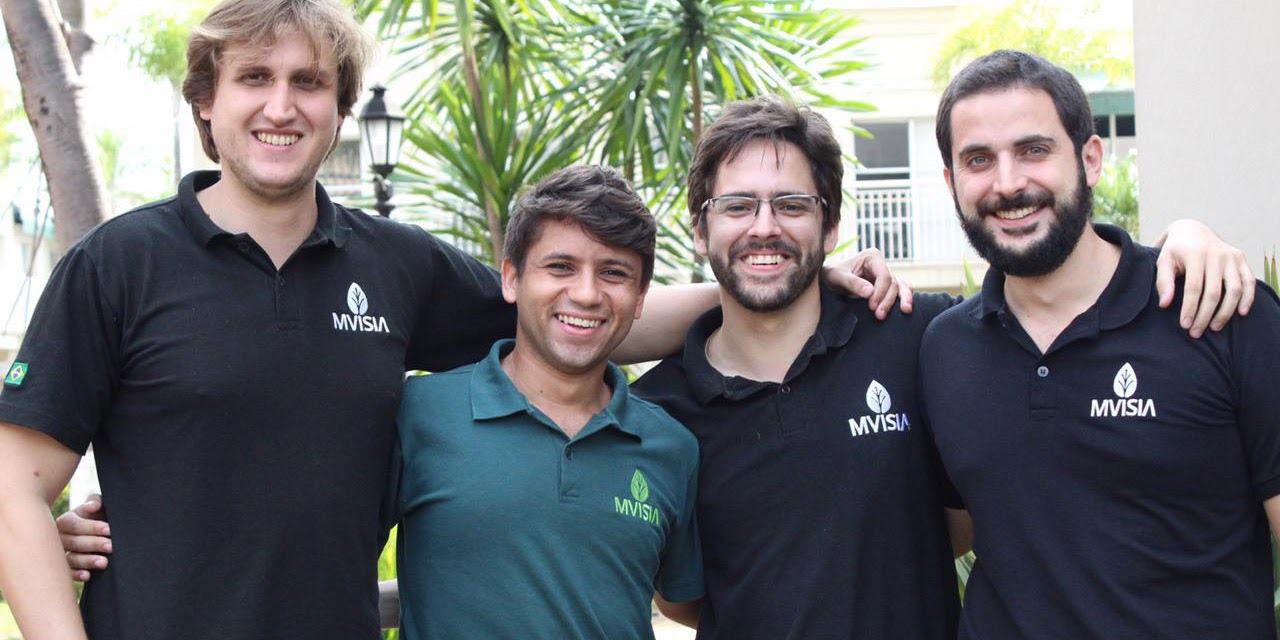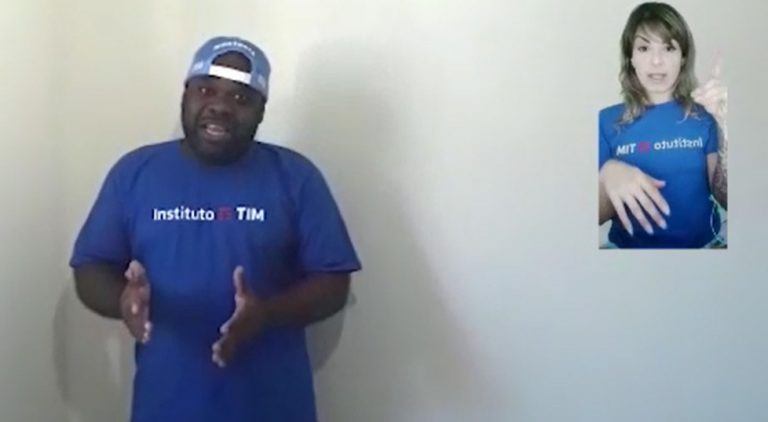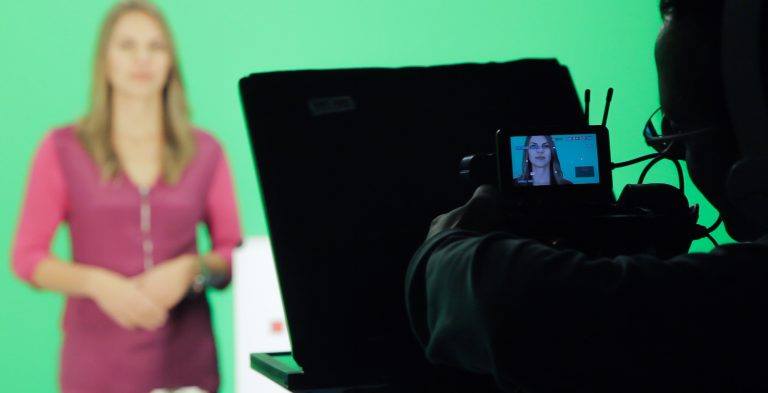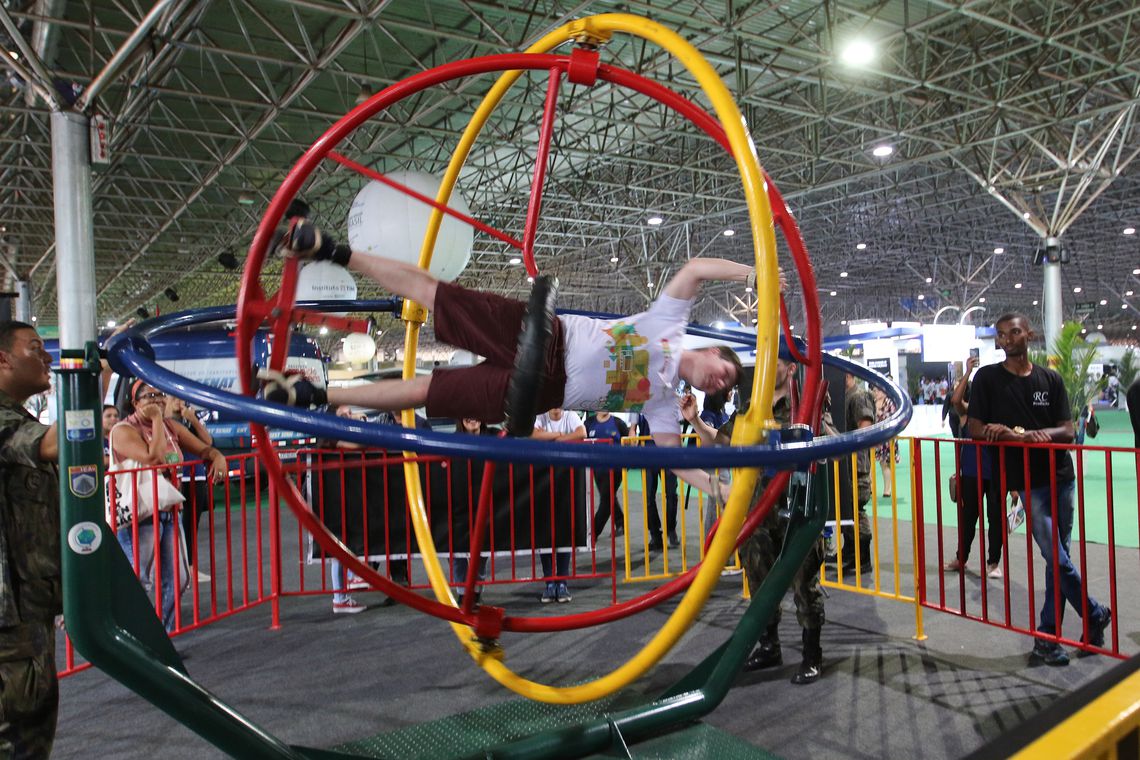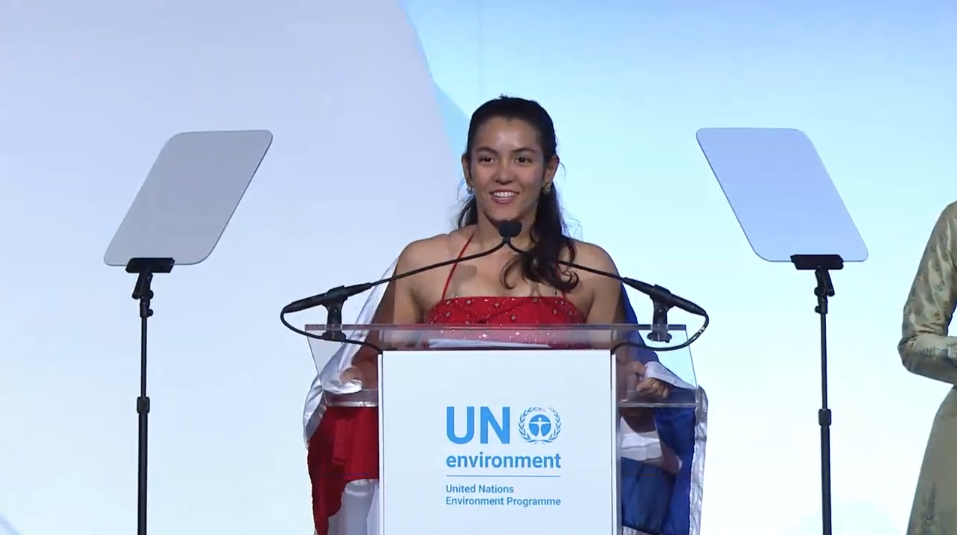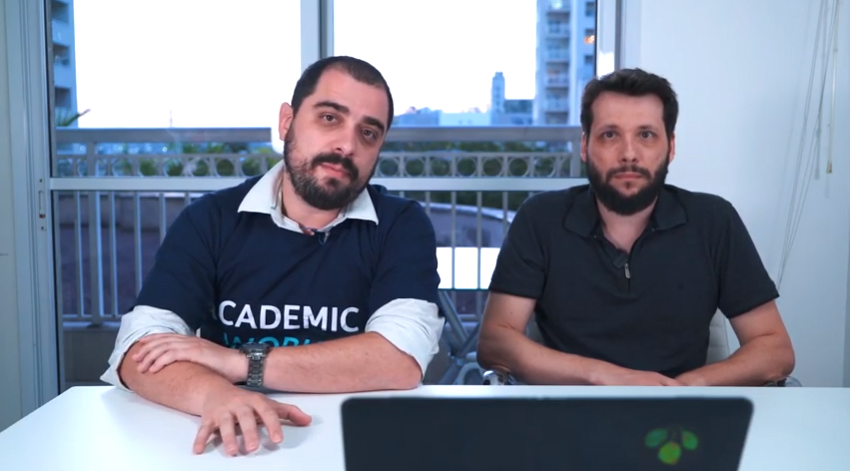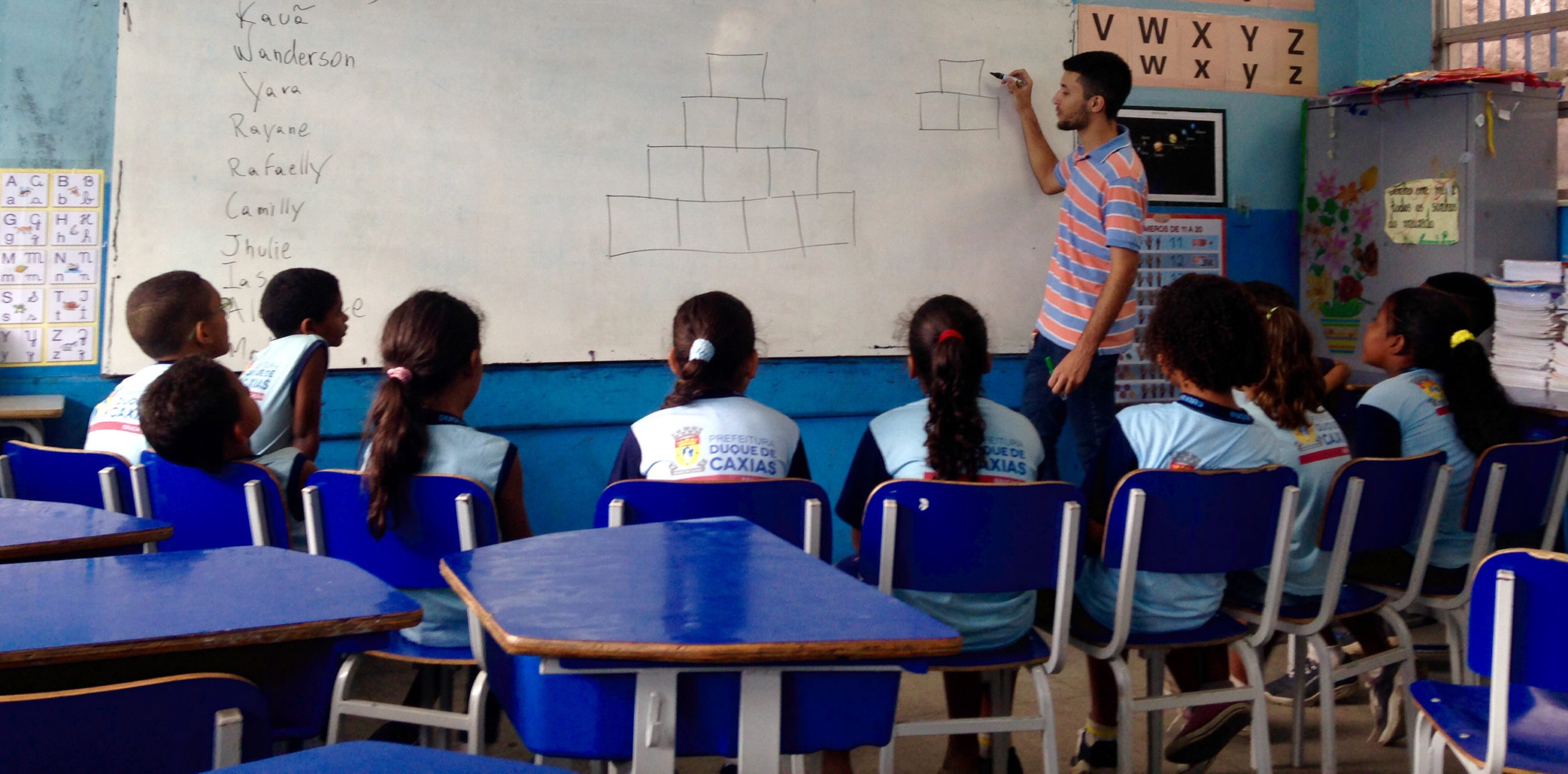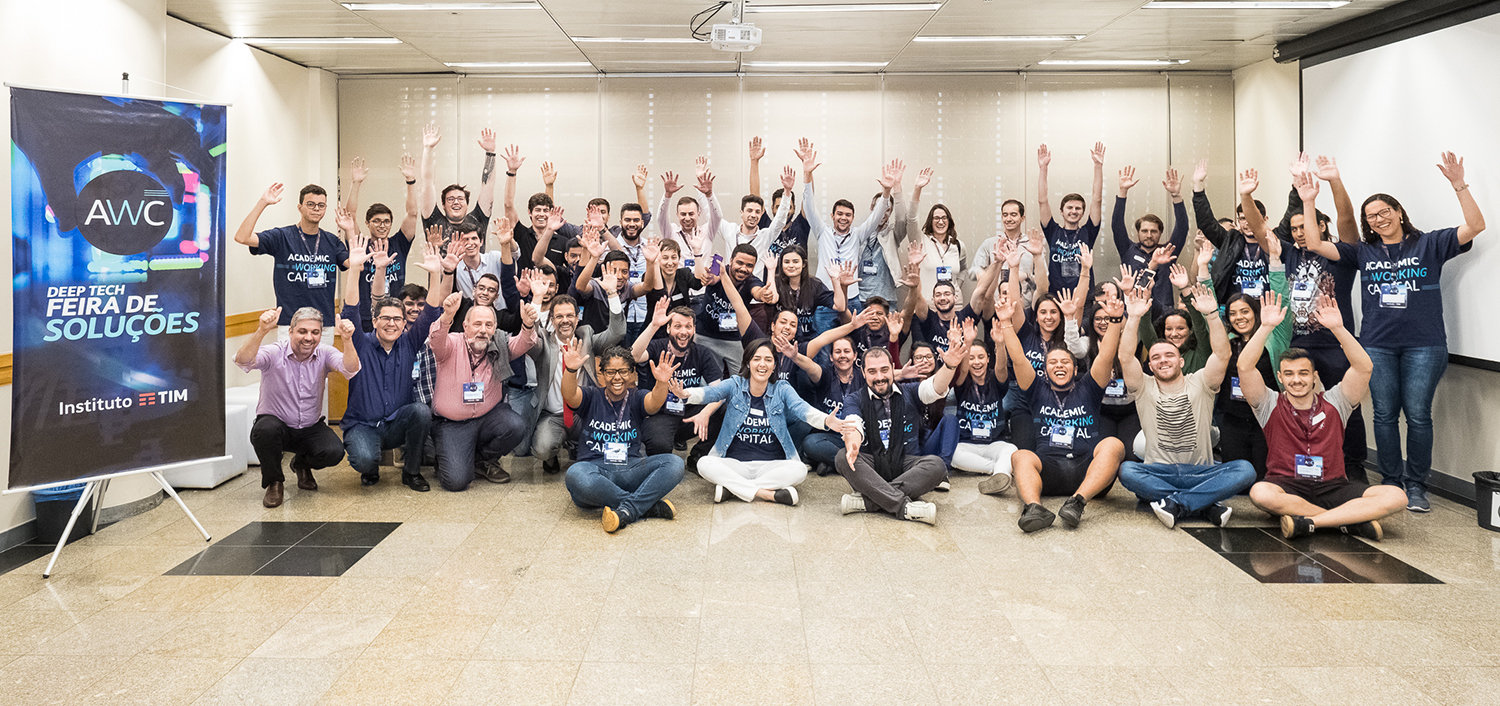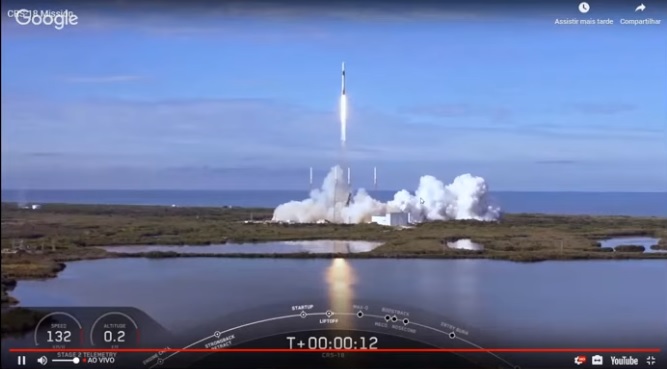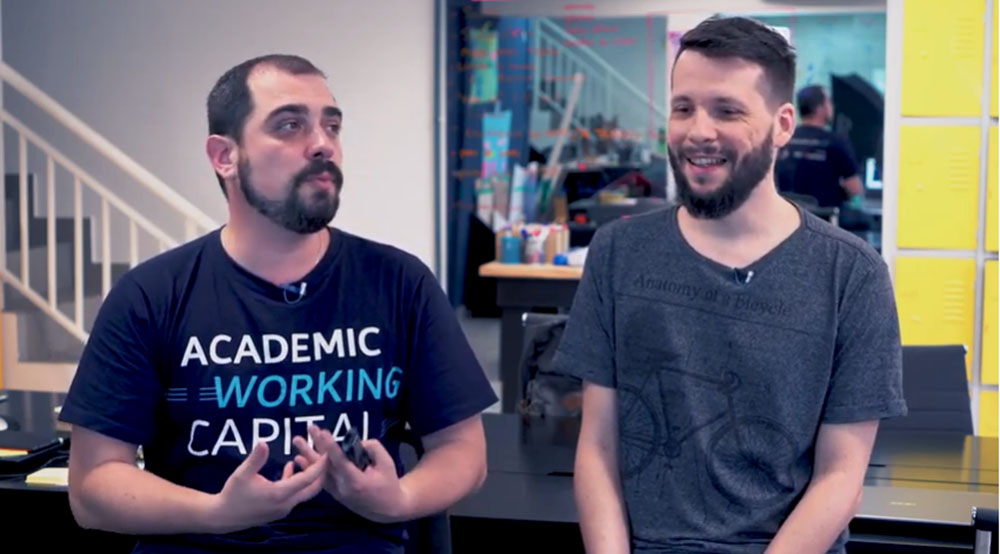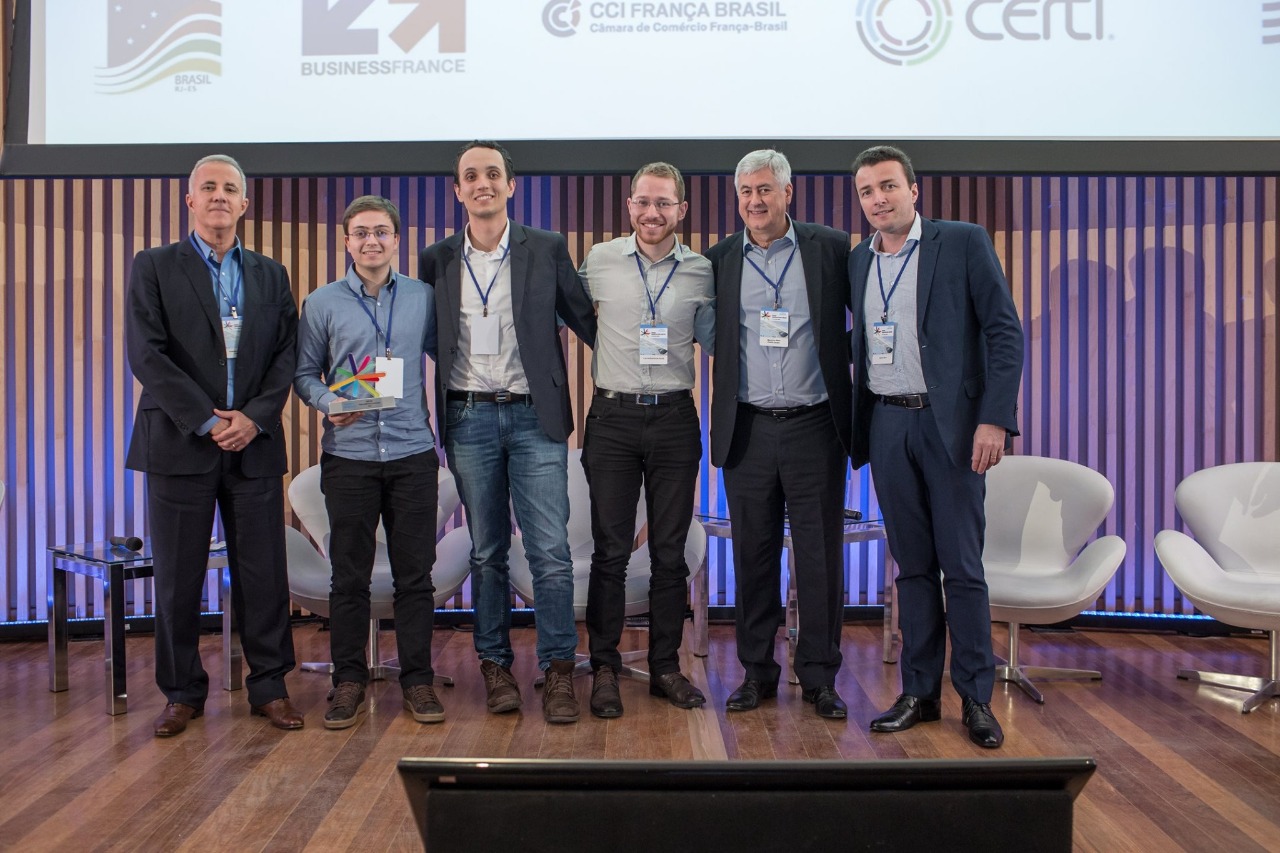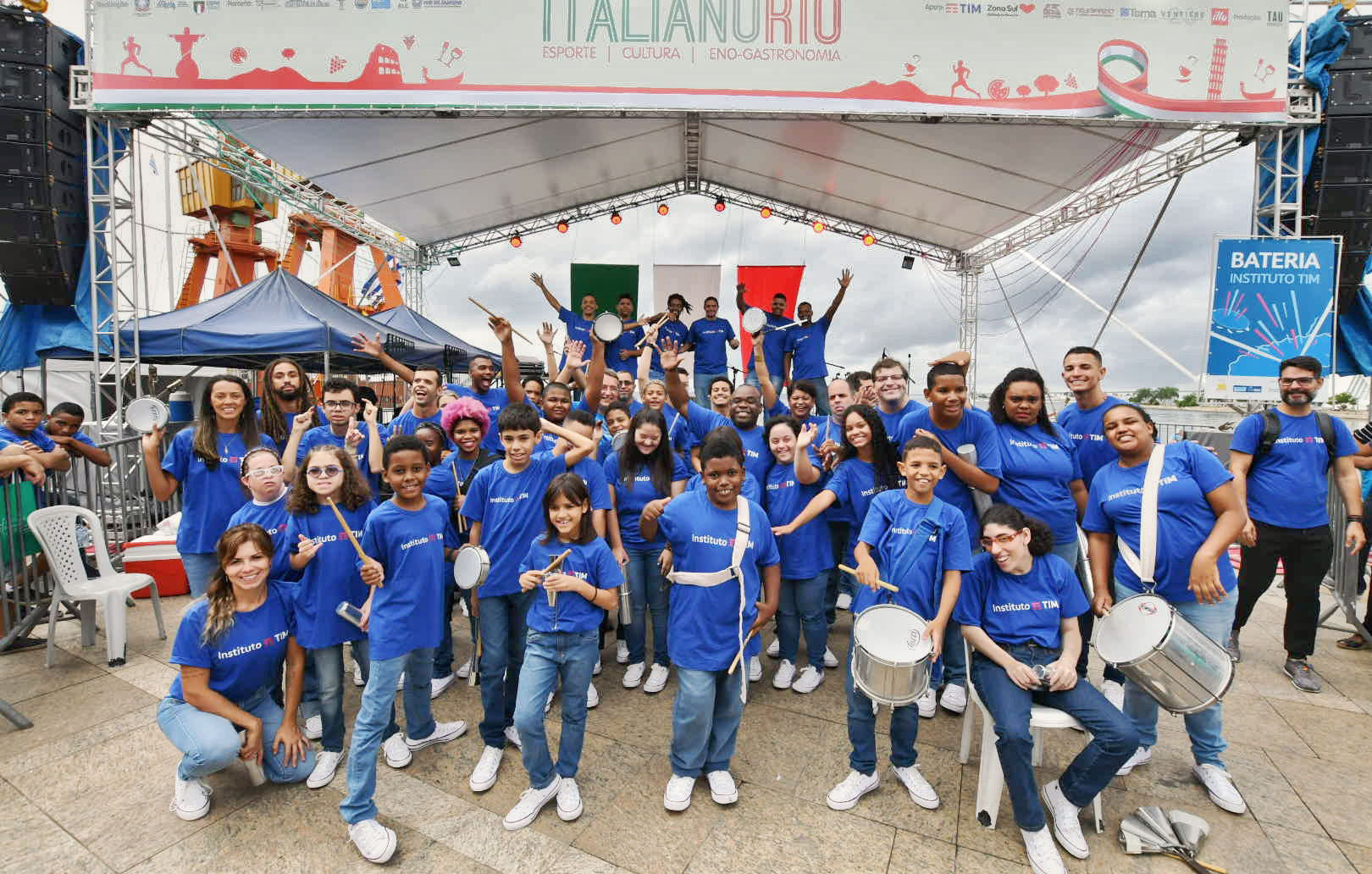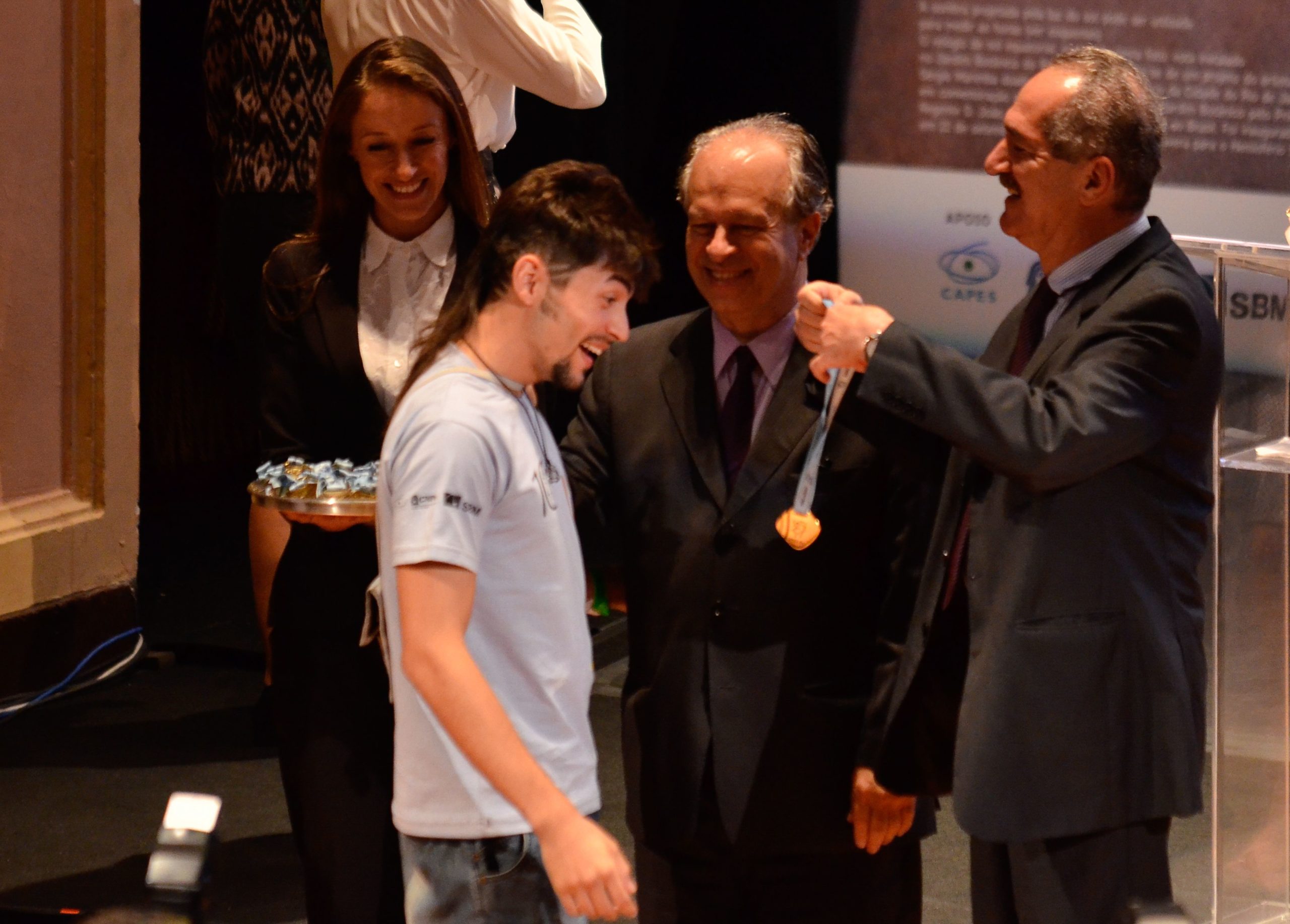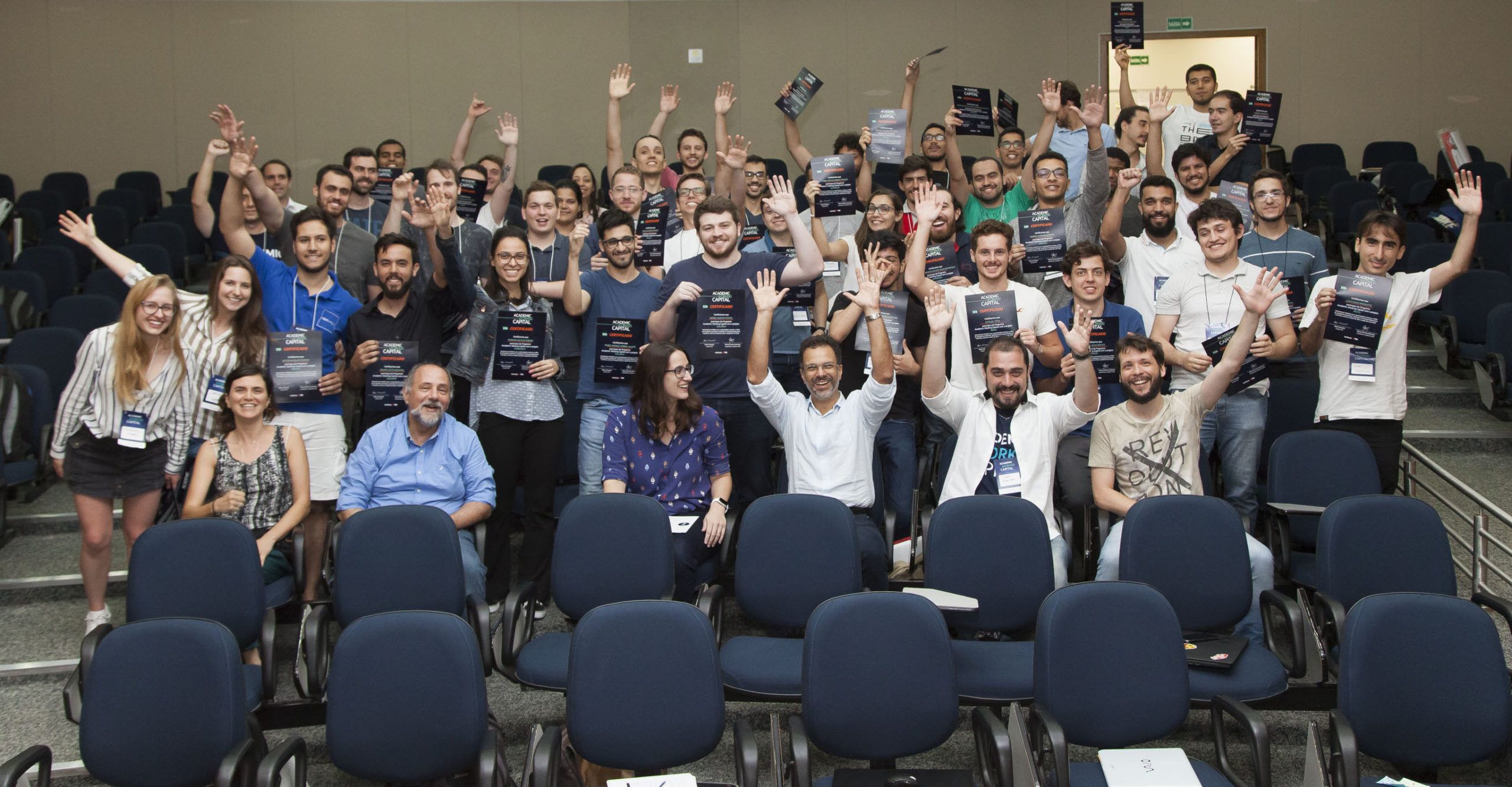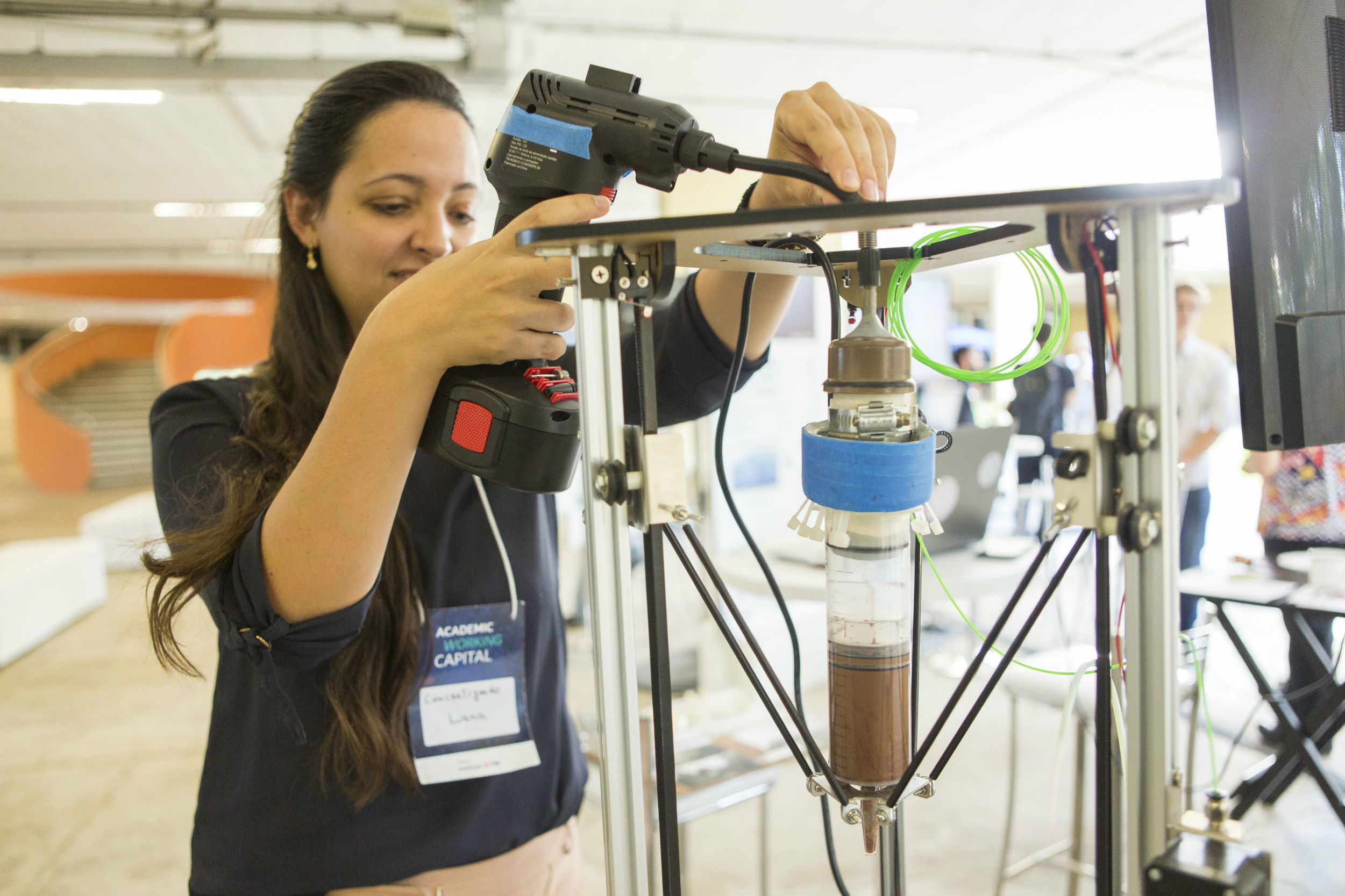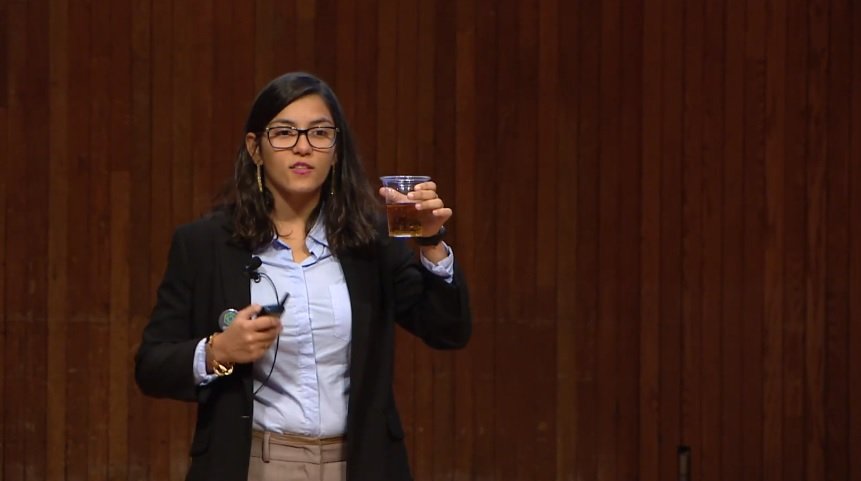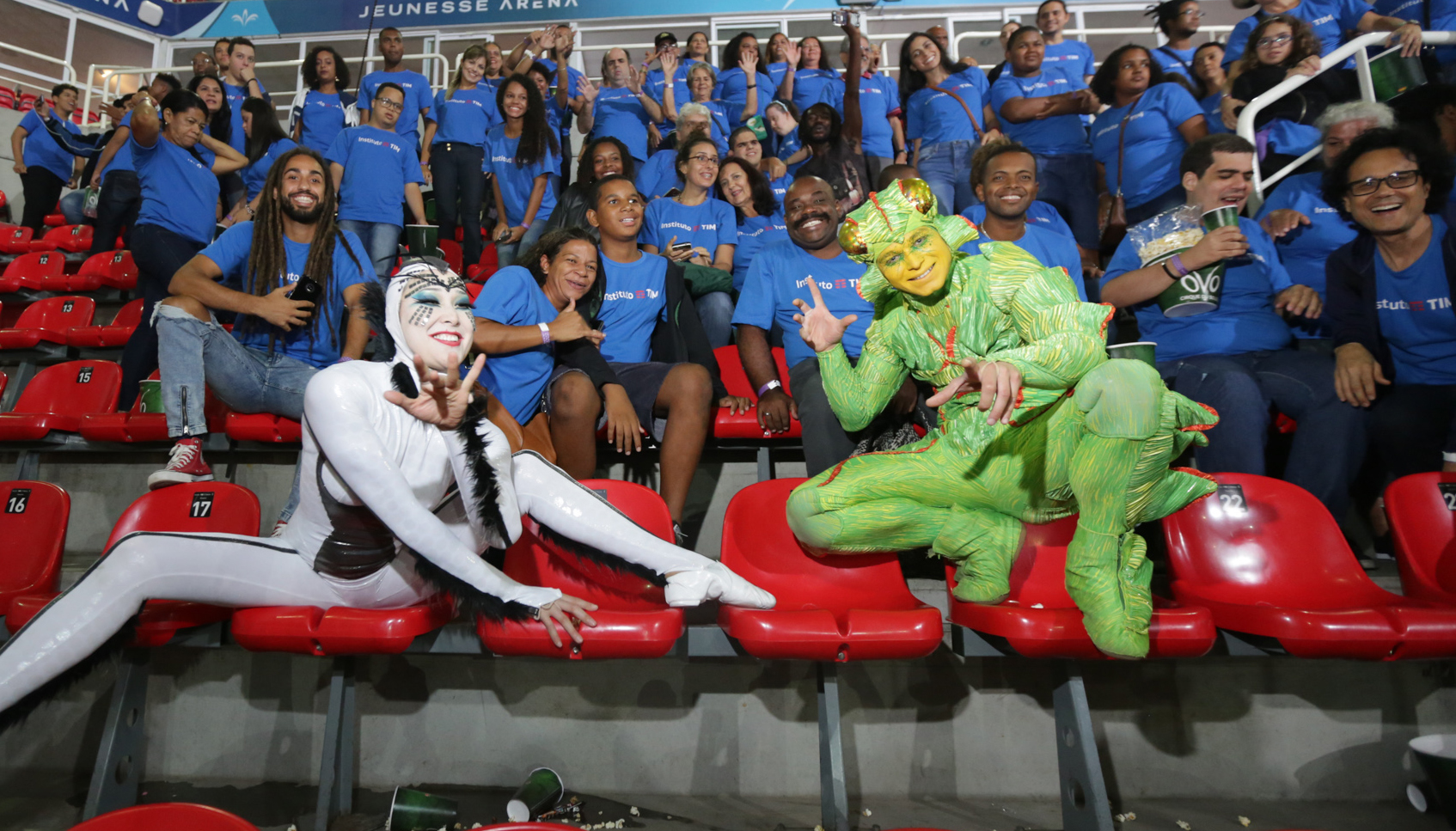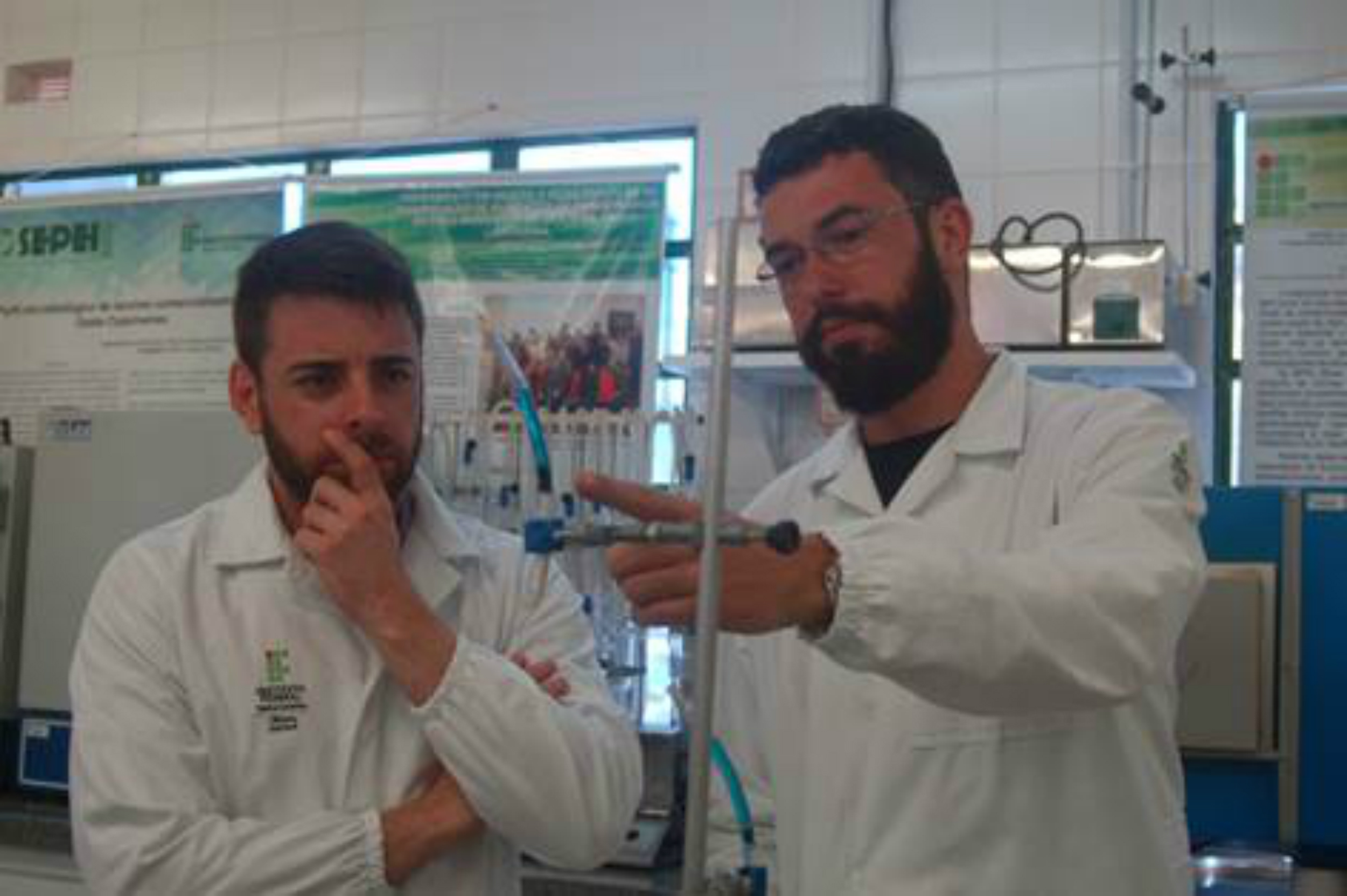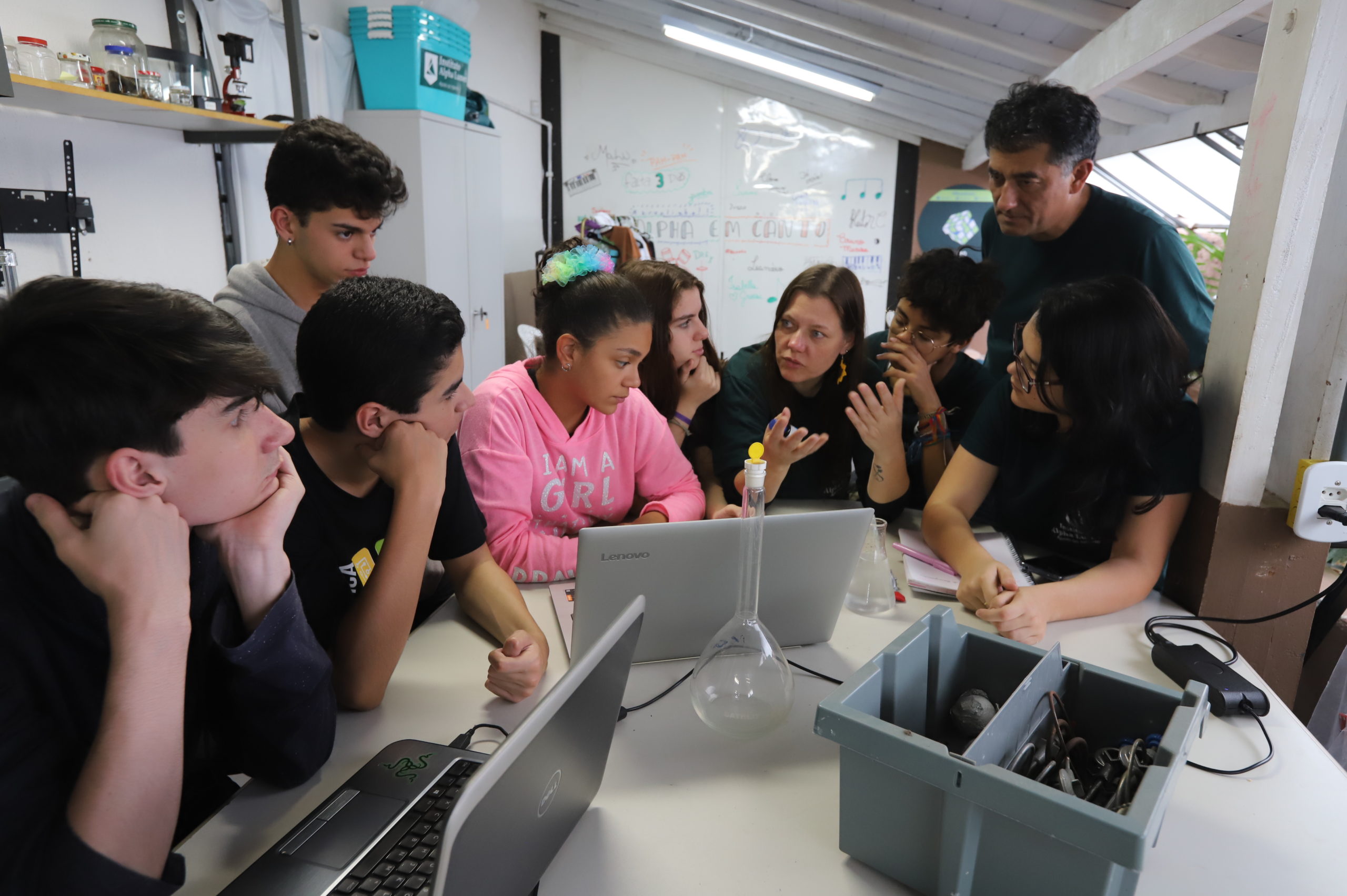
The Garatéa-ISS initiative, promoted by Missão Garatéa with support from Instituto TIM, has already started its activities this year. The project encourages space science education by promoting the participation of Brazilian students in the National Aeronautics and Space Administration’s (NASA’s) Student Spaceflight Experiments Program (SSEP), which brings experiments made by young people from various countries to the International Space Station (ISS). At the moment, the 110 schools enrolled in the project in 2019 are putting their students’ ideas on paper and building proposals for experiments to compete with each other for the opportunity of traveling to space.
“We propose that each school holds a science fair to show all students what some of them are developing,” says the space engineer Lucas Fonseca, director of Missão Garatéa. The idea is for schools to make posters to expose their experiments so that, in a collaborative way, everyone will have a say in deciding who will be the school’s representative in the contestant. Missão Garatéa then selects, from all experiments submitted by schools, the ten most likely to be viable under space conditions. Of those ten, by the end of this year, a board chooses the top three, which are sent to the United States for review by NASA. Finally, one of them is elected Brazil’s winning experiment, which travels to ISS in 2020.
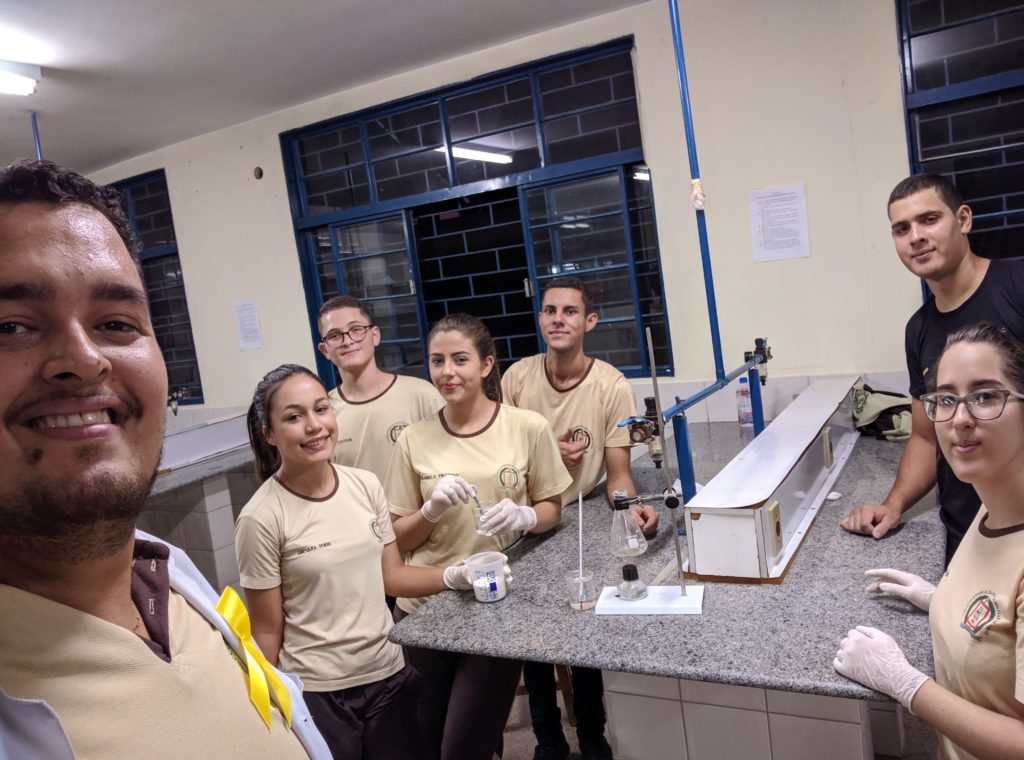
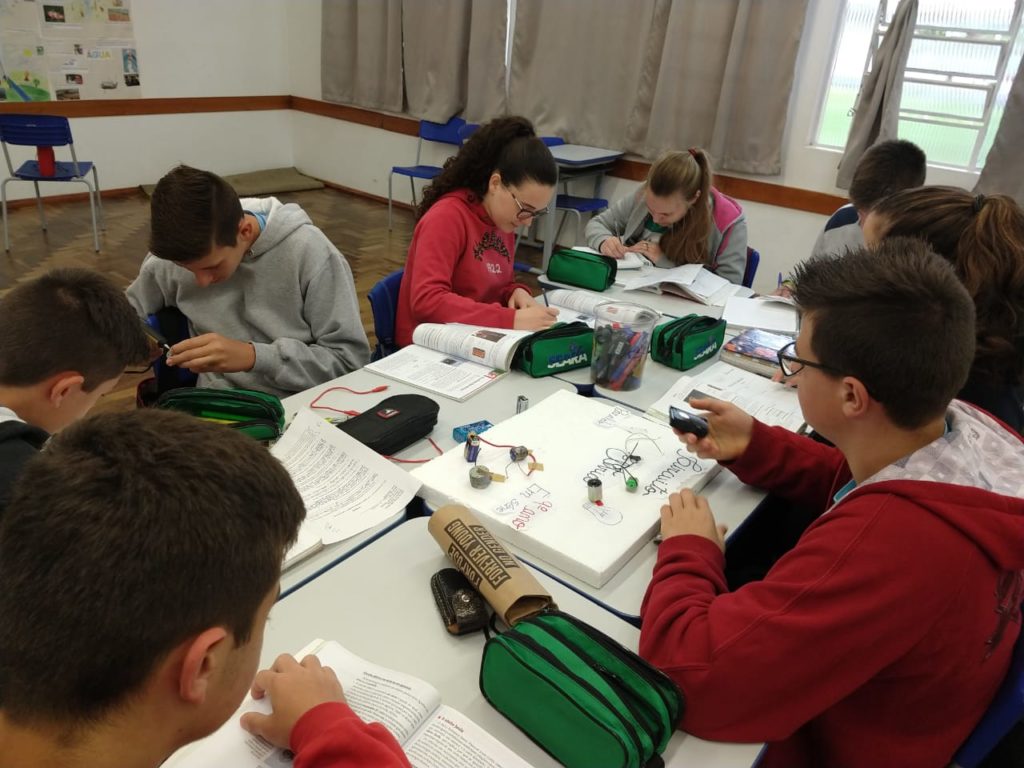
Lucas says that the project experience last year contributed to changes implemented this year. The main ones refer to the age range of the participants, which was extended to students from 10 to 19 years old, and in the content sent weekly to teachers. Now, in addition to a handout, they get an explanatory video. “Several schools are repeating participation. You realize that they have a lot of interest and are trying to improve since last year,” concludes the director of Missão Garatéa.
In October, while projects for Garatéa-ISS 2019 are being prepared, entries will be opened for Mission Path, a design competition that will select two productions by early 2020 from students across Brazil to be sent into space along with the winning experiment.
Back from space
In September, the experiment “Capilaridade vs Gravidade no Processo de Filtração” (Capillarity vs. Gravity in the Filtration Process) of High School students from the Federal Institute of Santa Catarina, winner of Garatéa-ISS 2018, returned from space. After spending about a month at the International Space Station, it was sent from the United States to Xanxerê. Students Renata Eliza Müller, 17, Isabela Battistella, 18, Ricardo Vinícius Brum, 18, and Roberta Debortoli, 17, authors of the experiment, are now analyzing the data collected to conclude whether the water filter model they suggest to be used in space works or not. To tell you a little more about how this experience was, the four sent a special statement:



